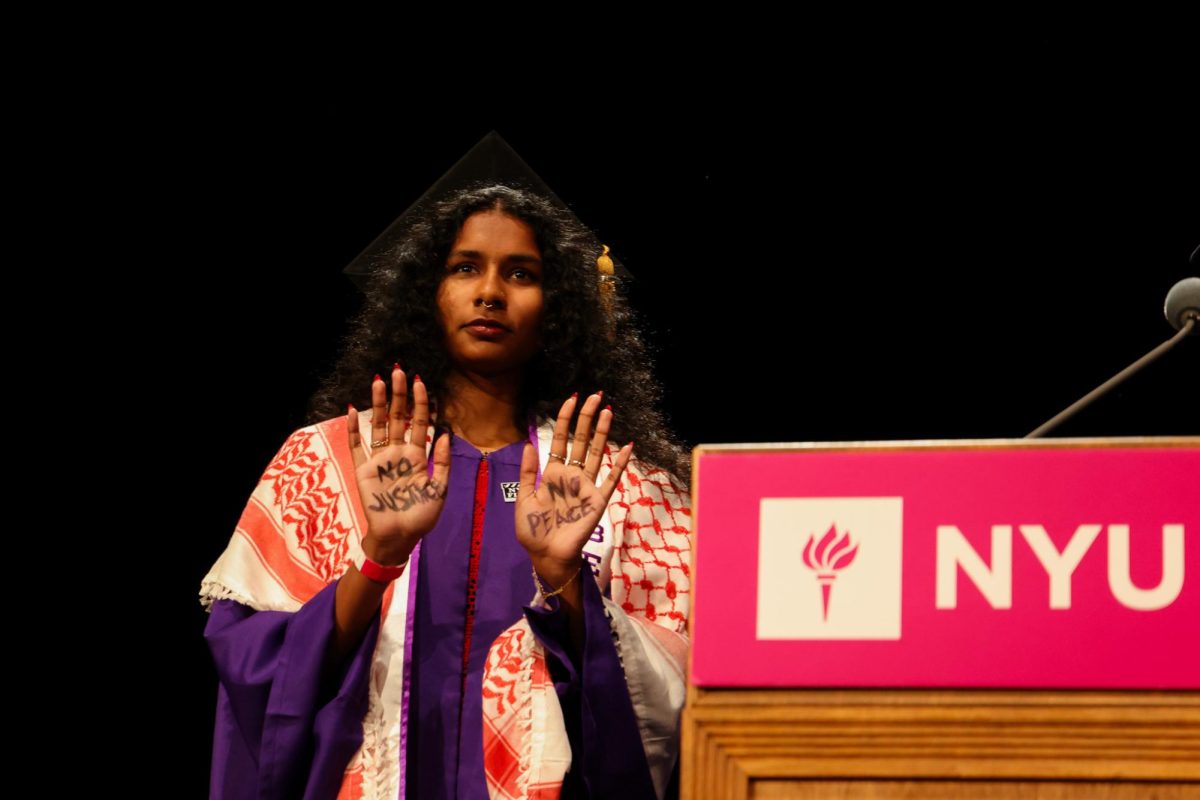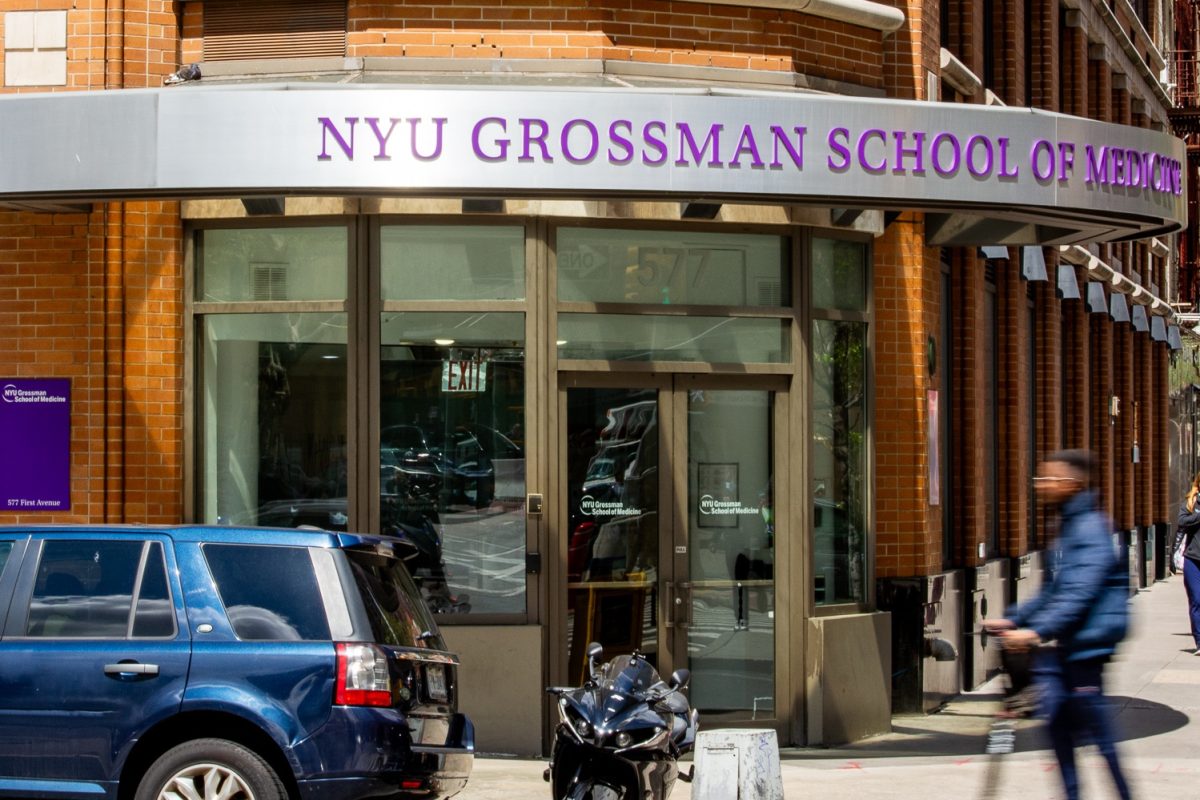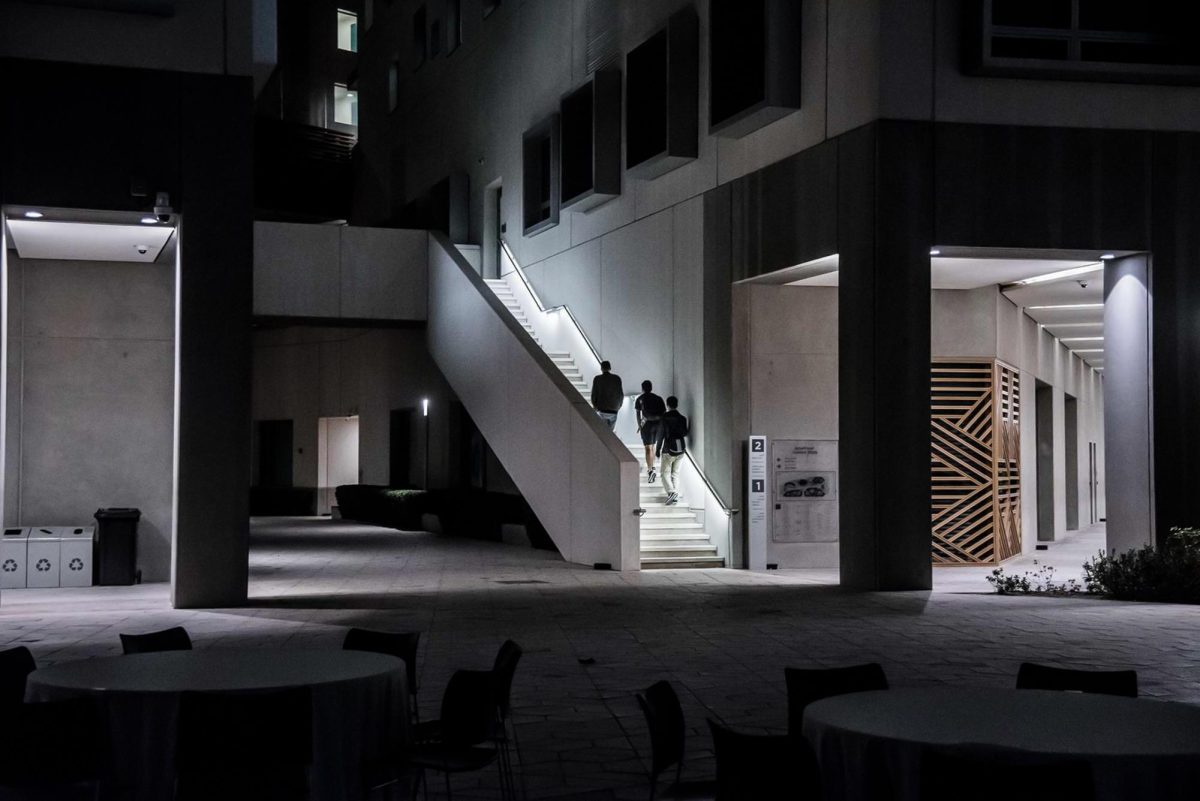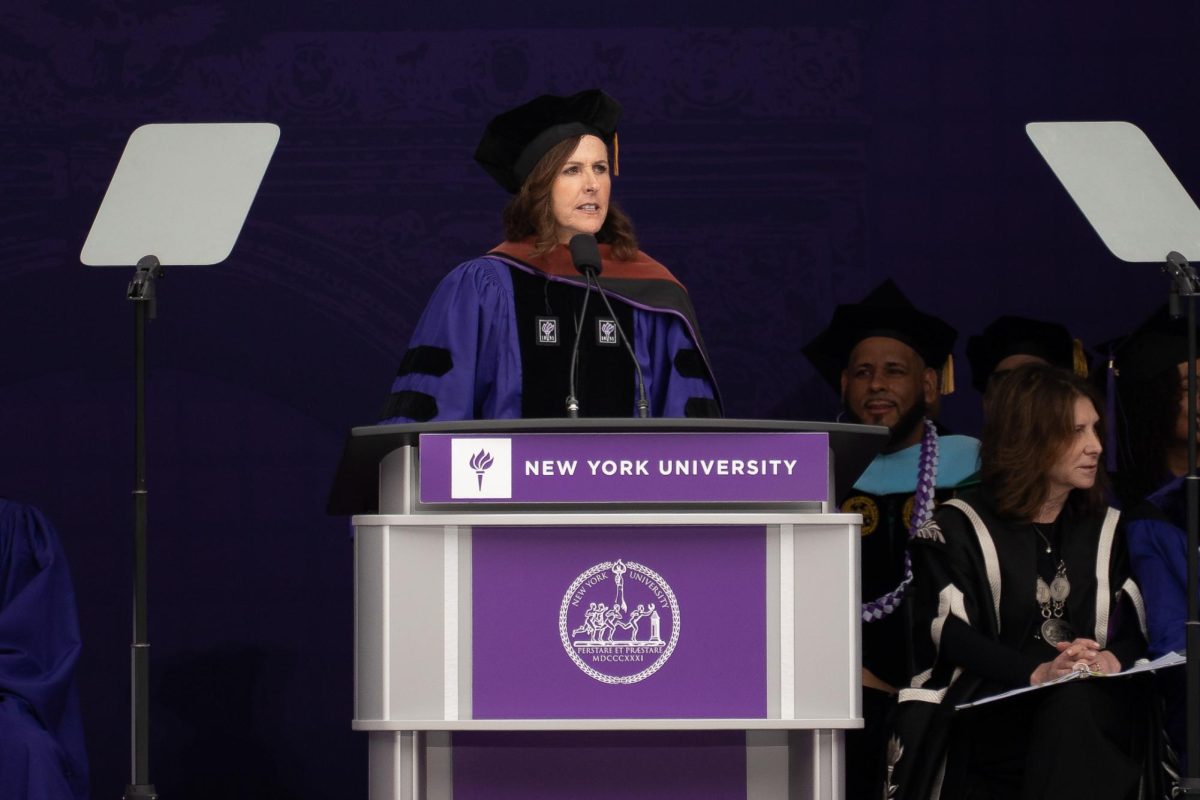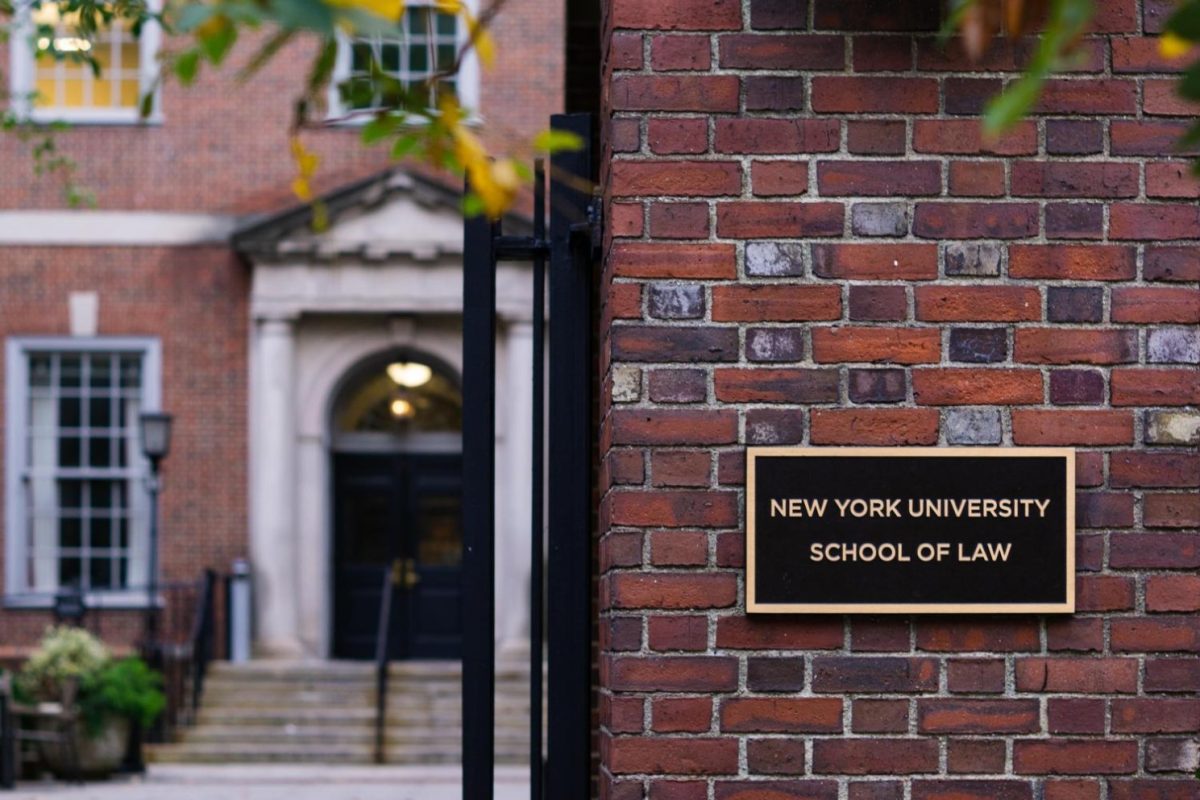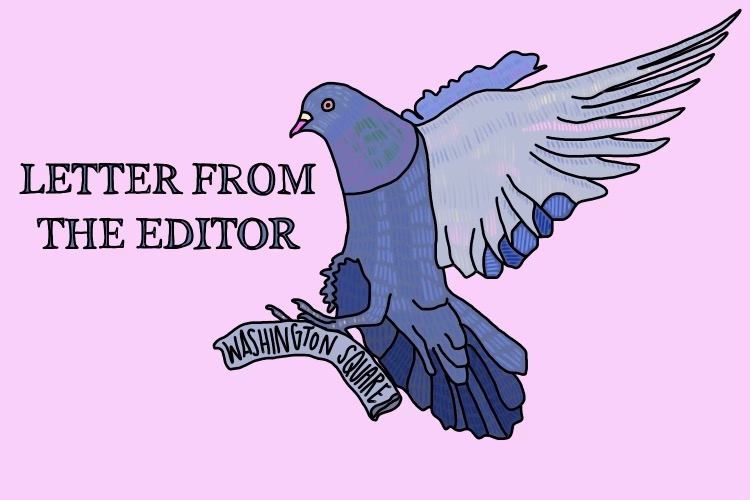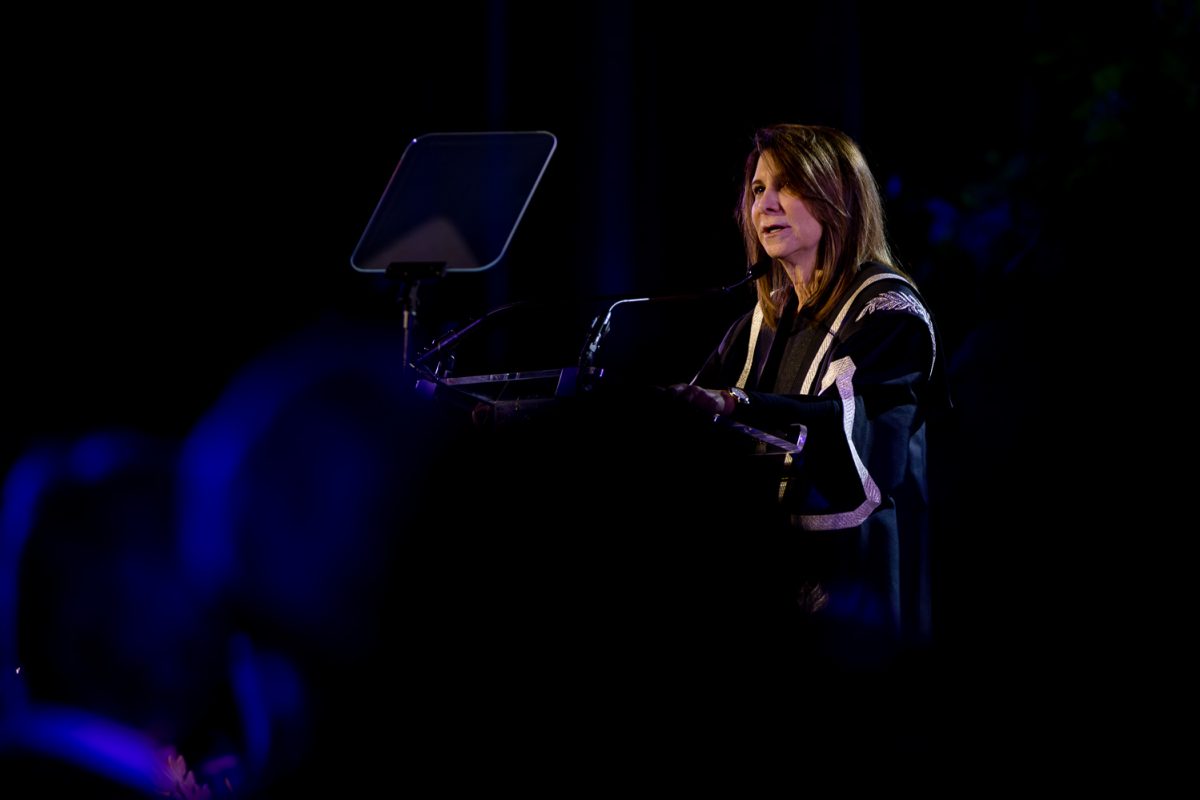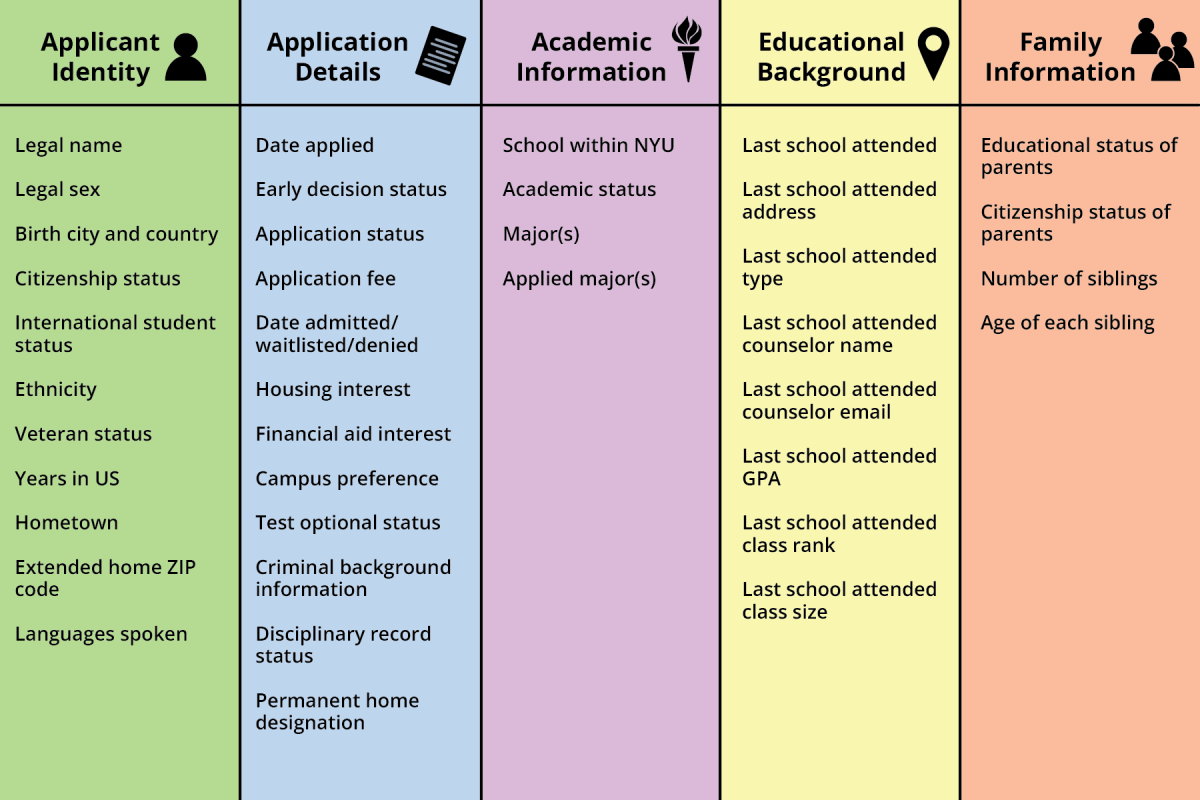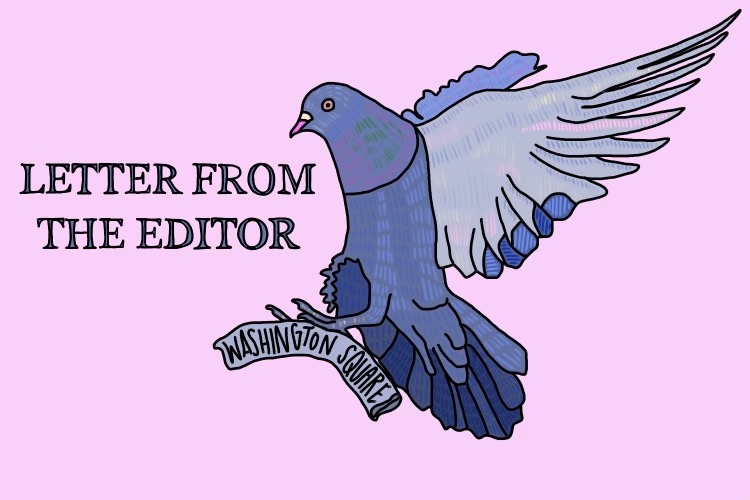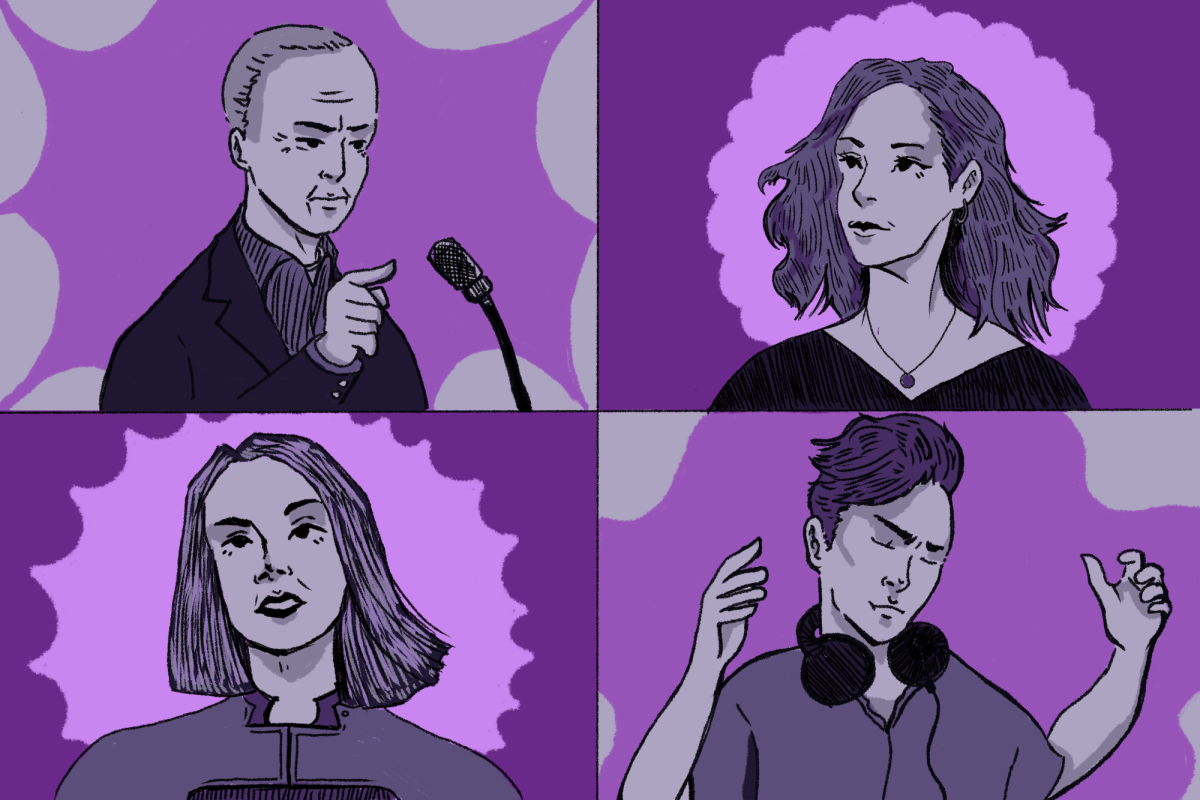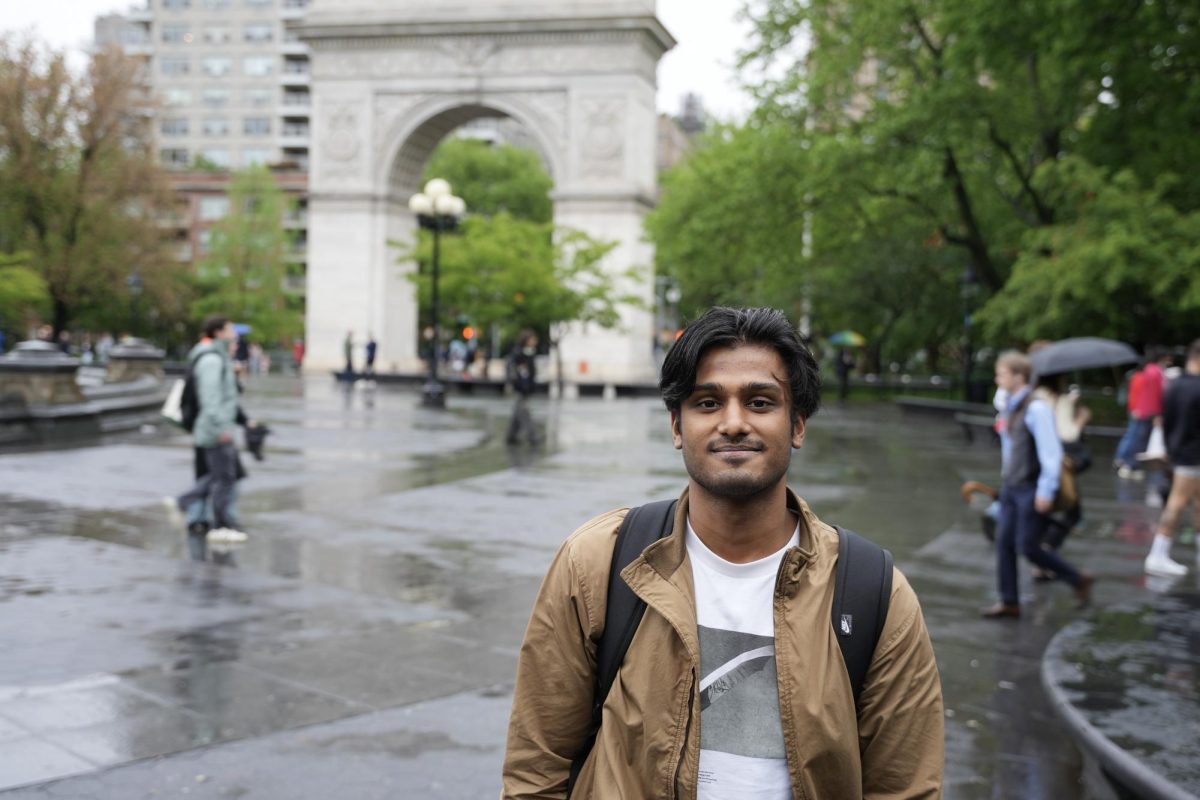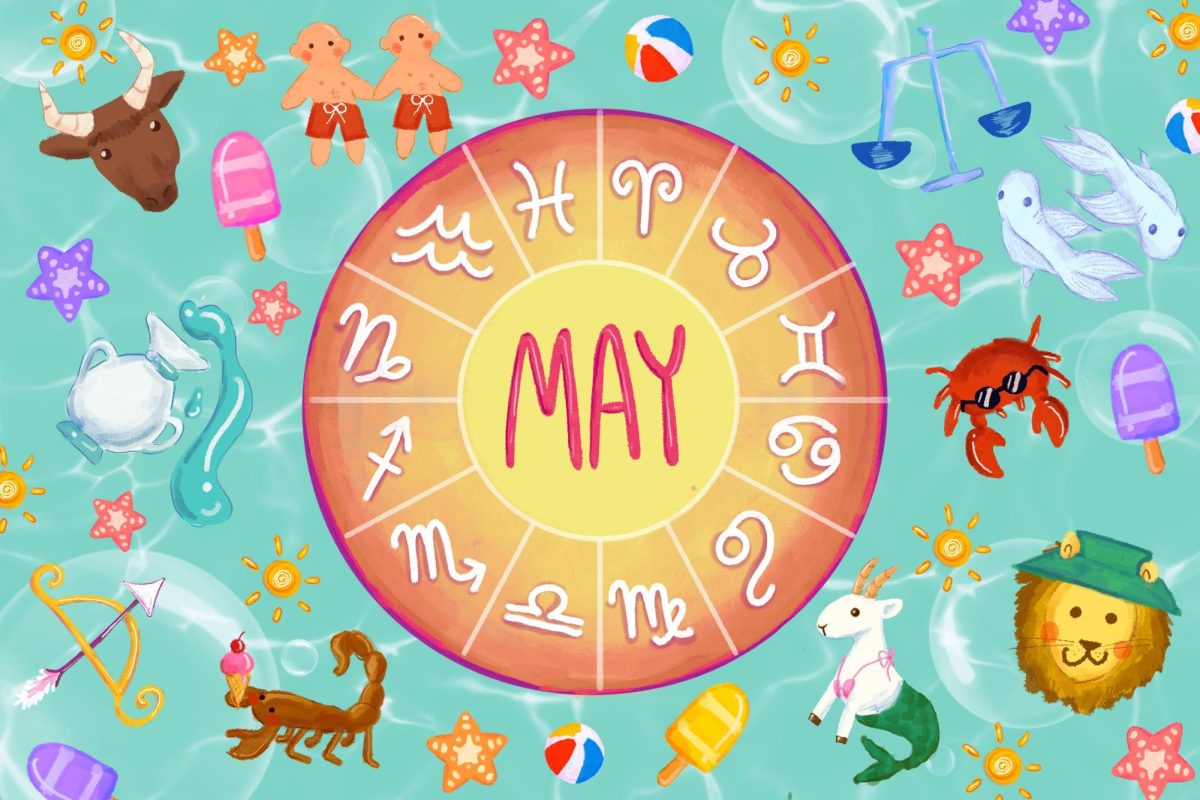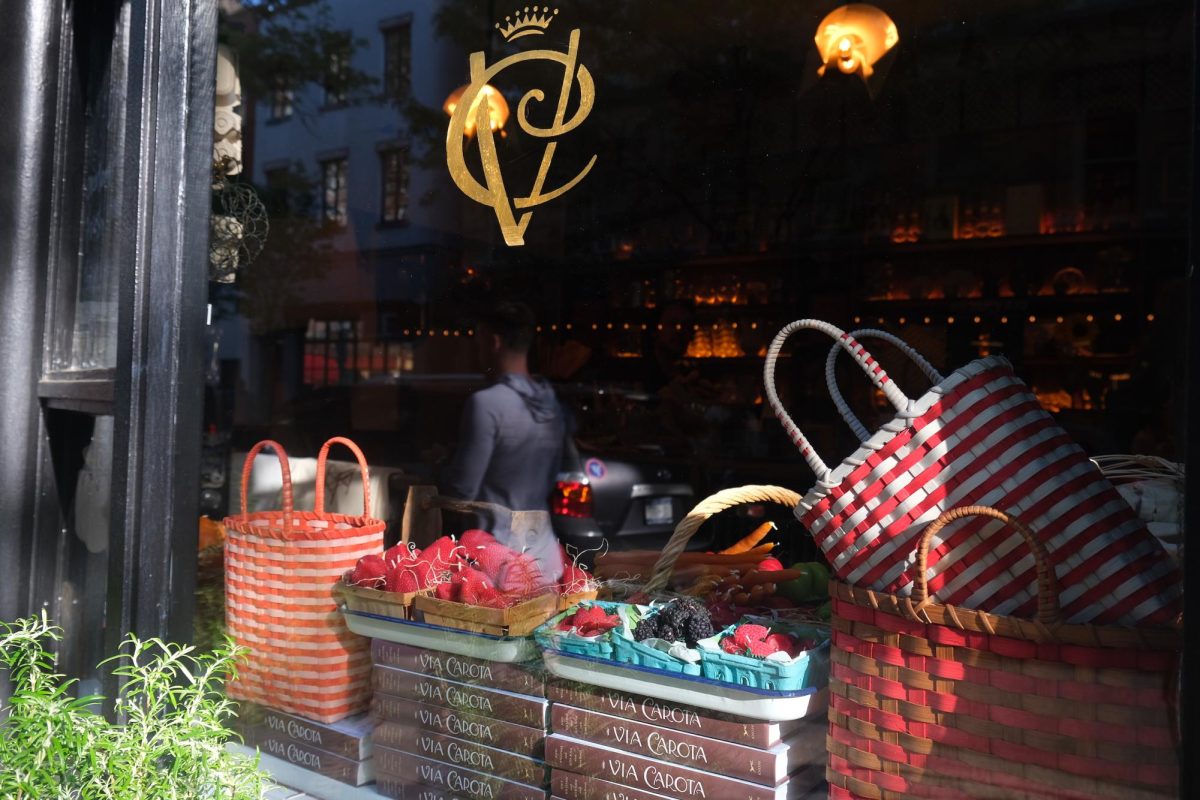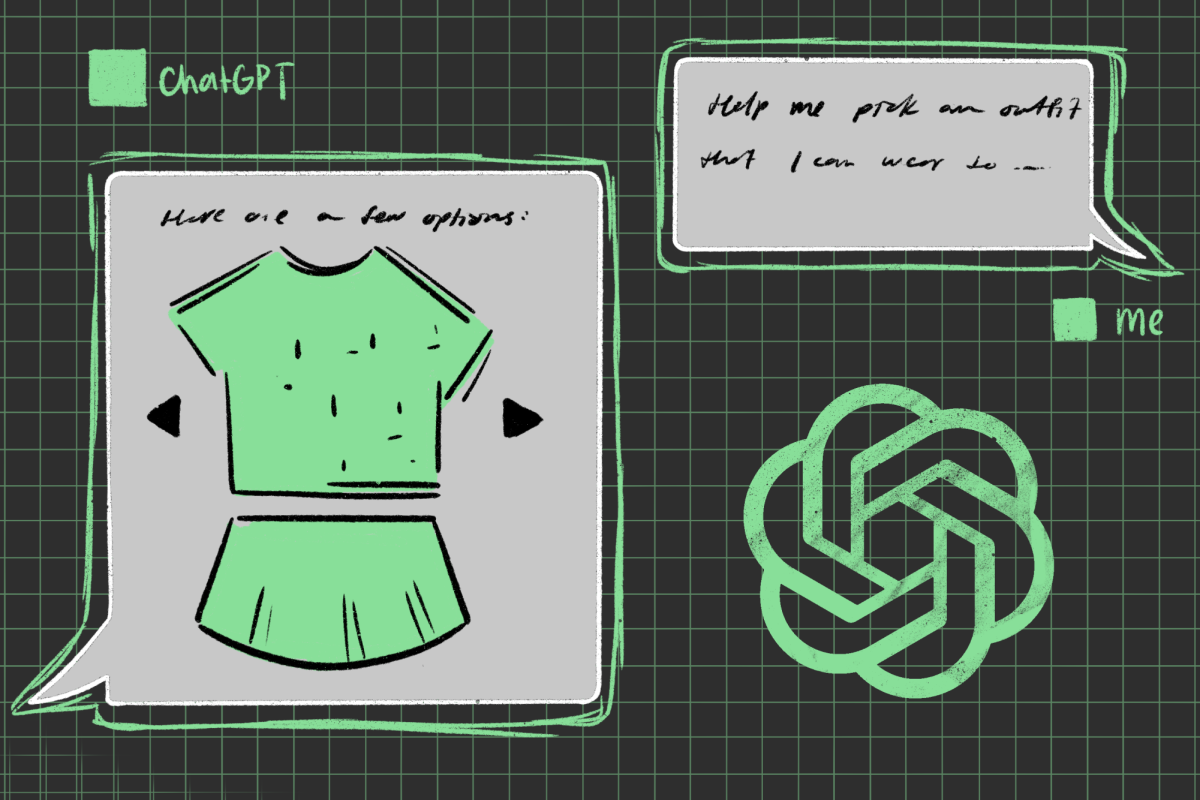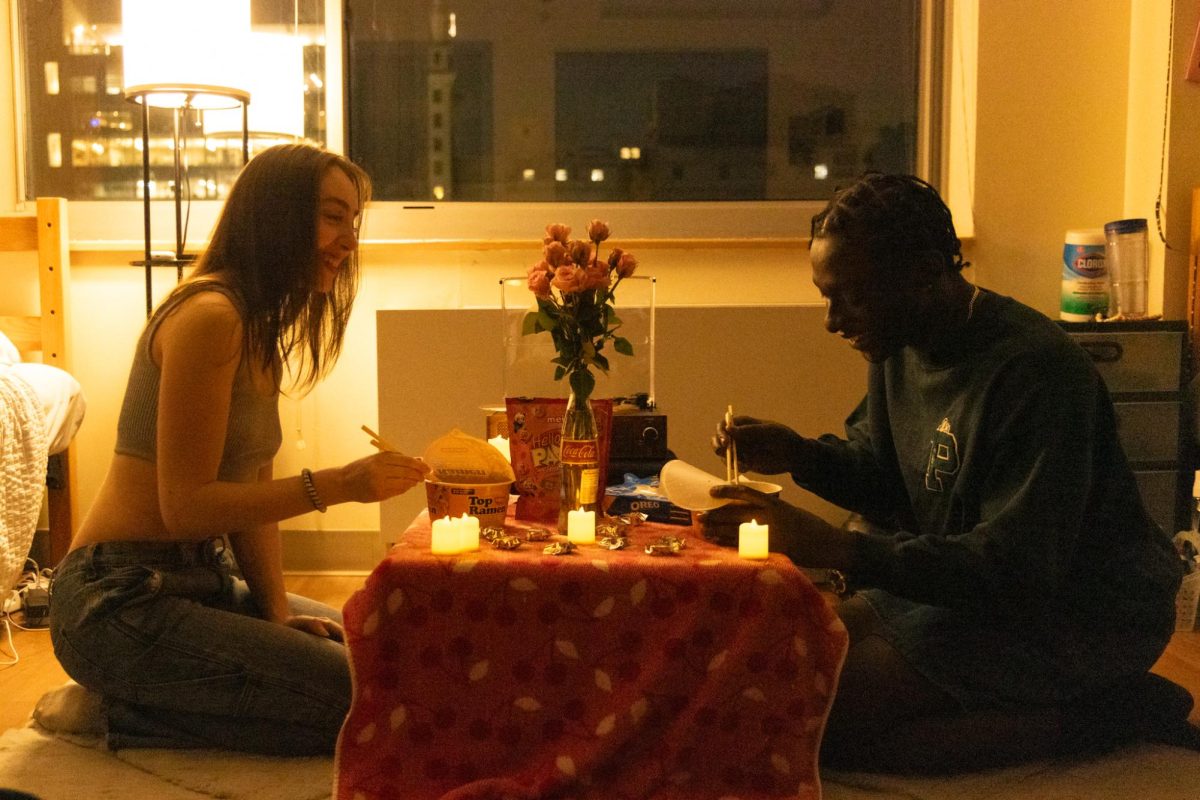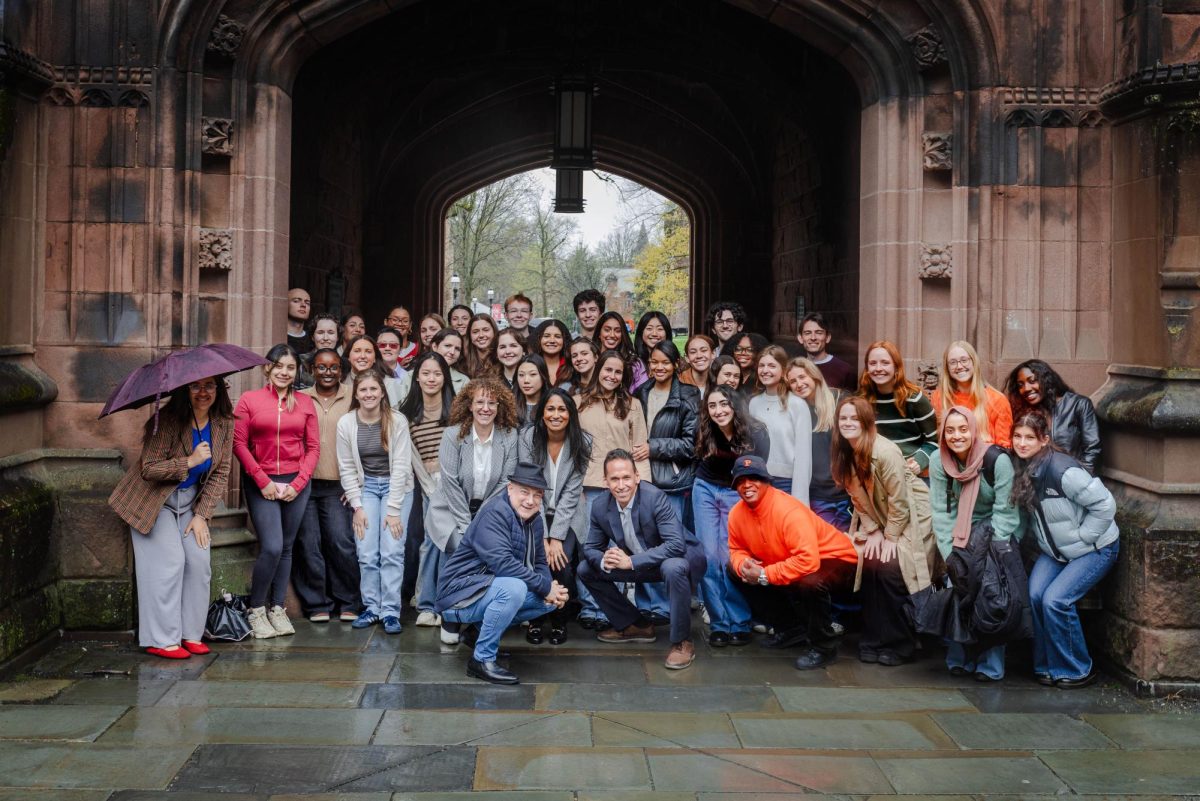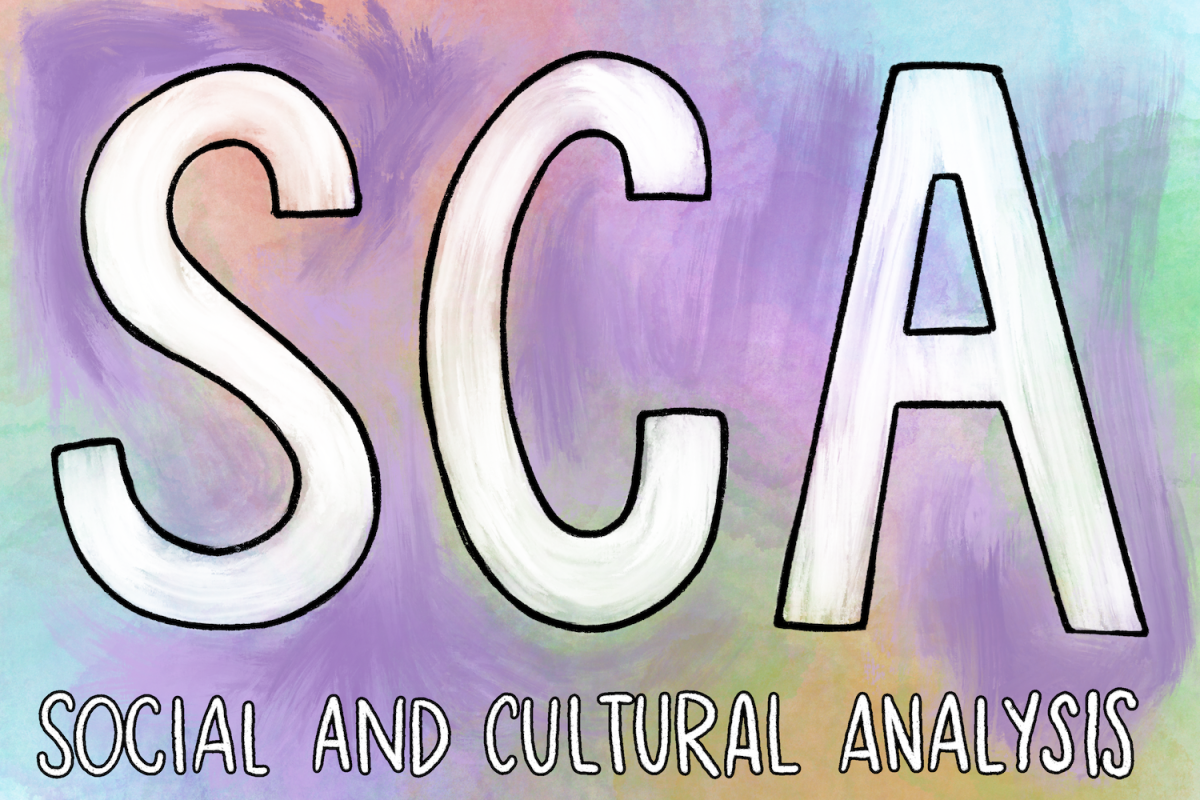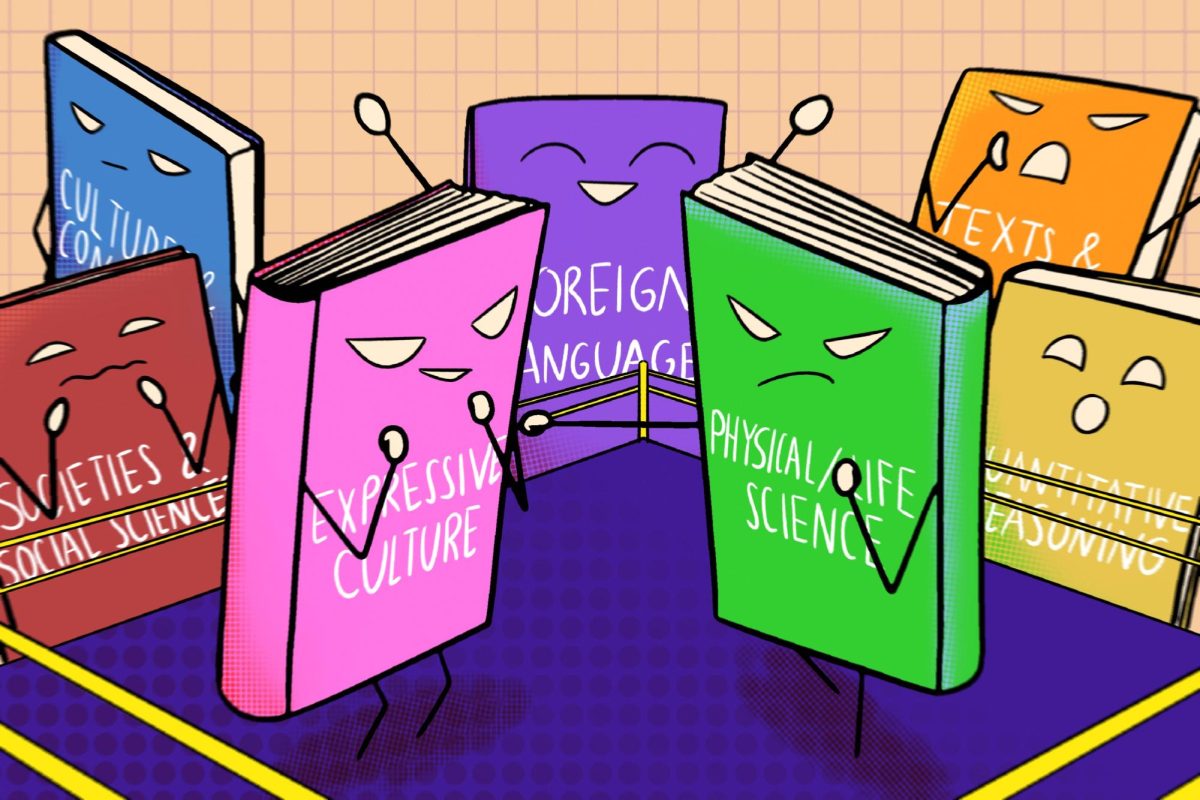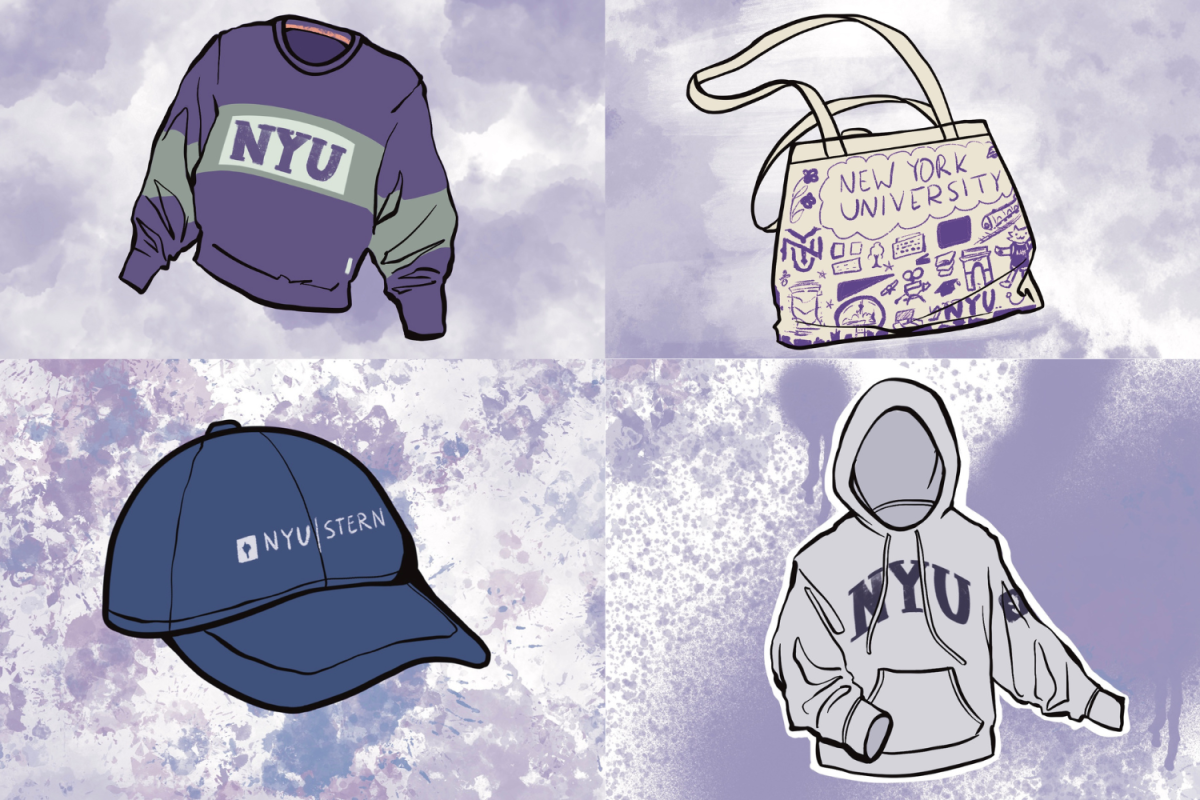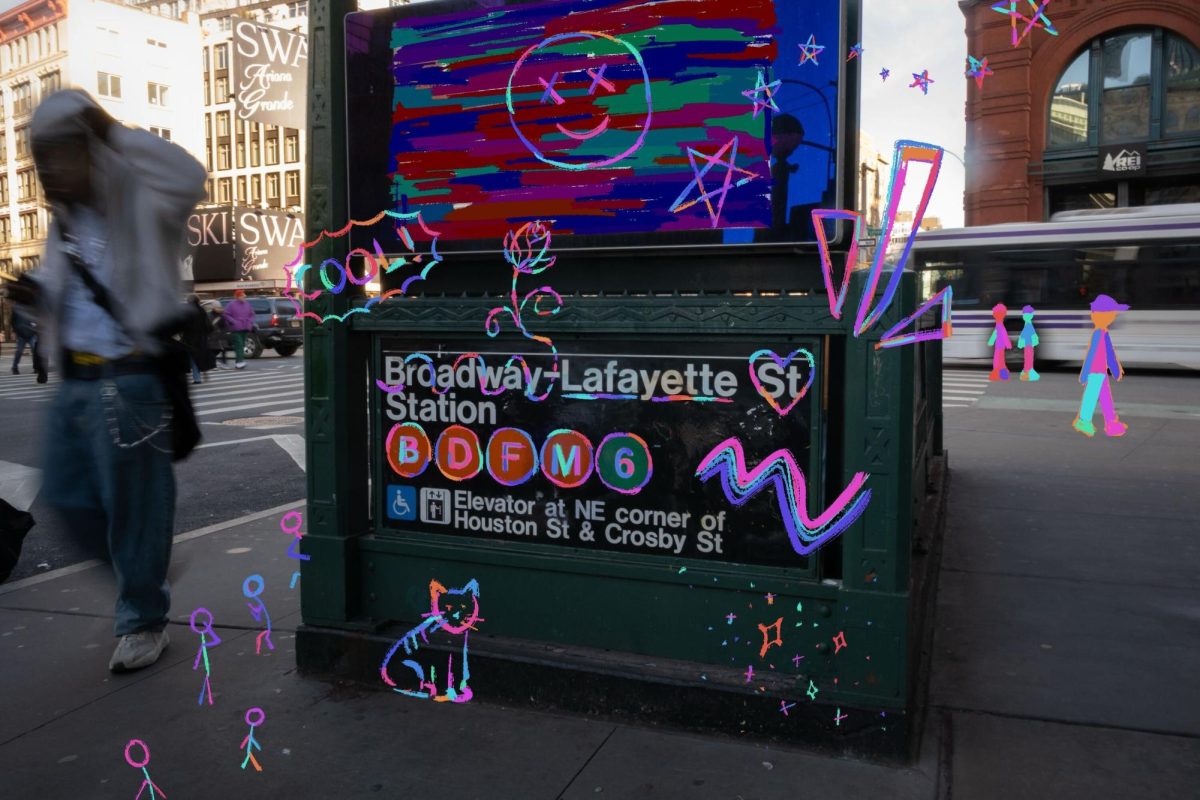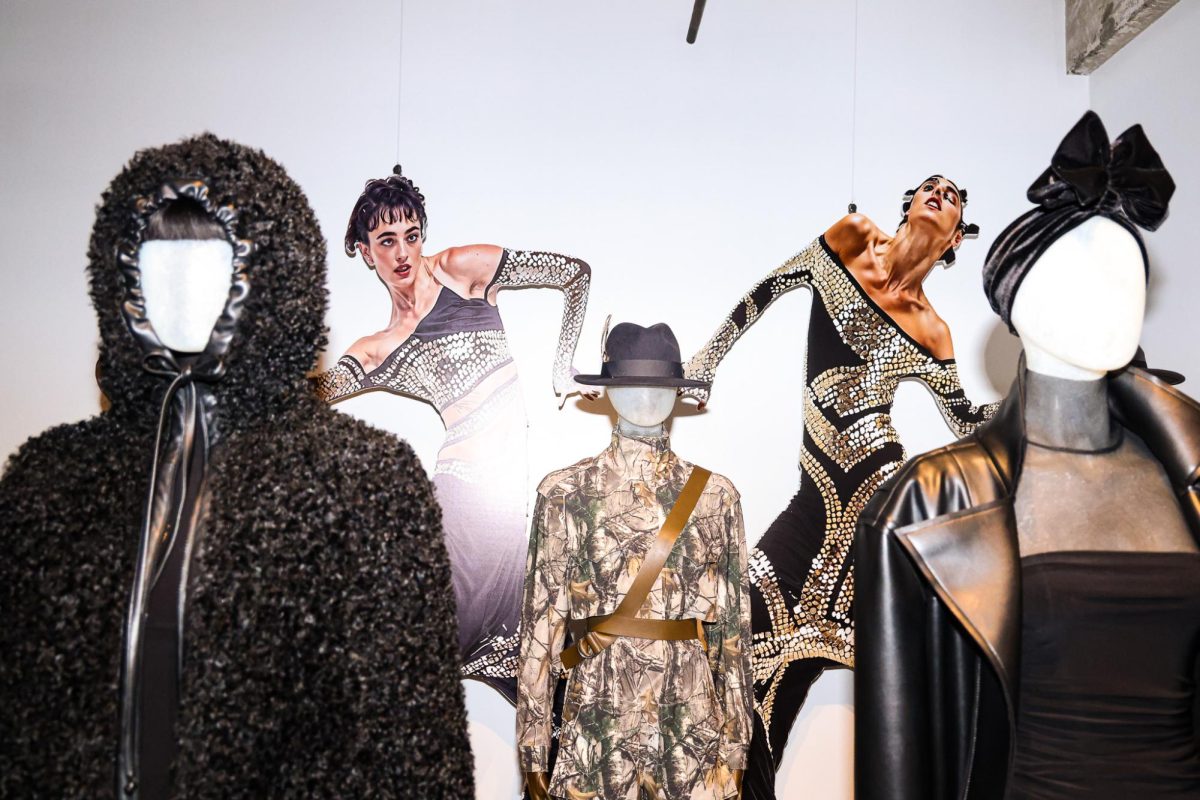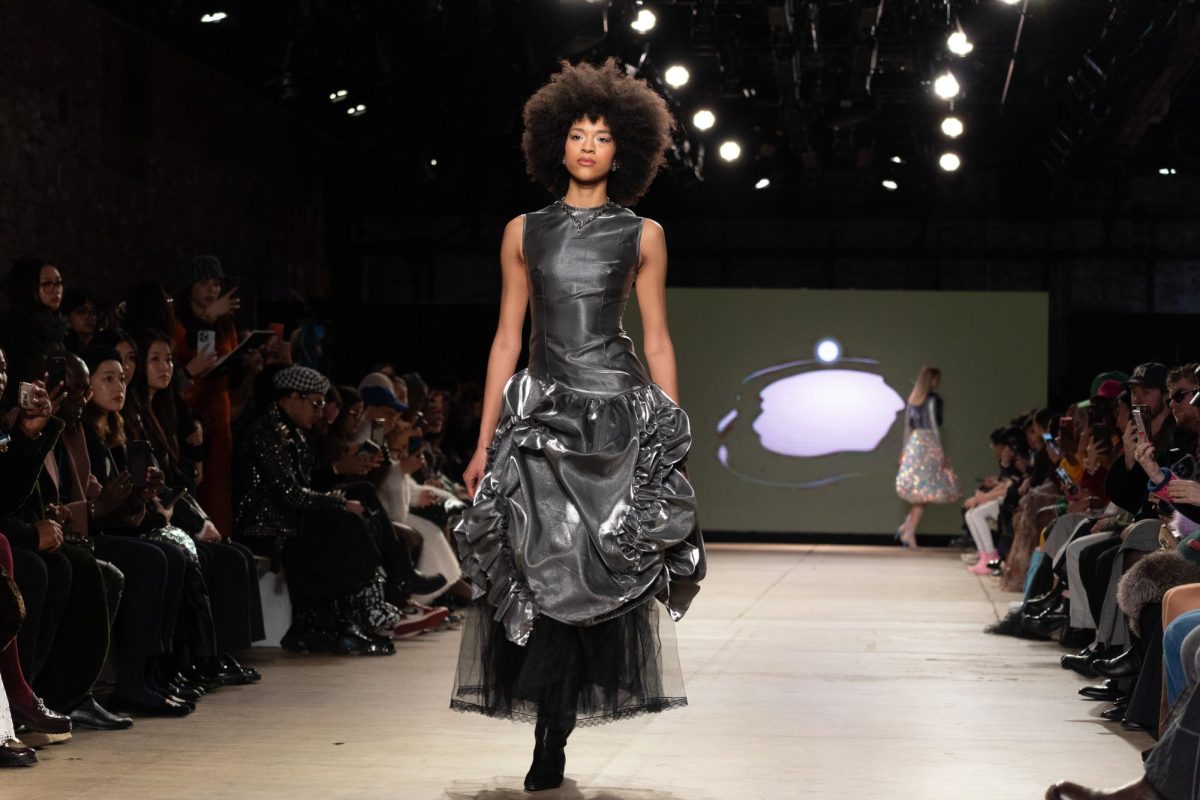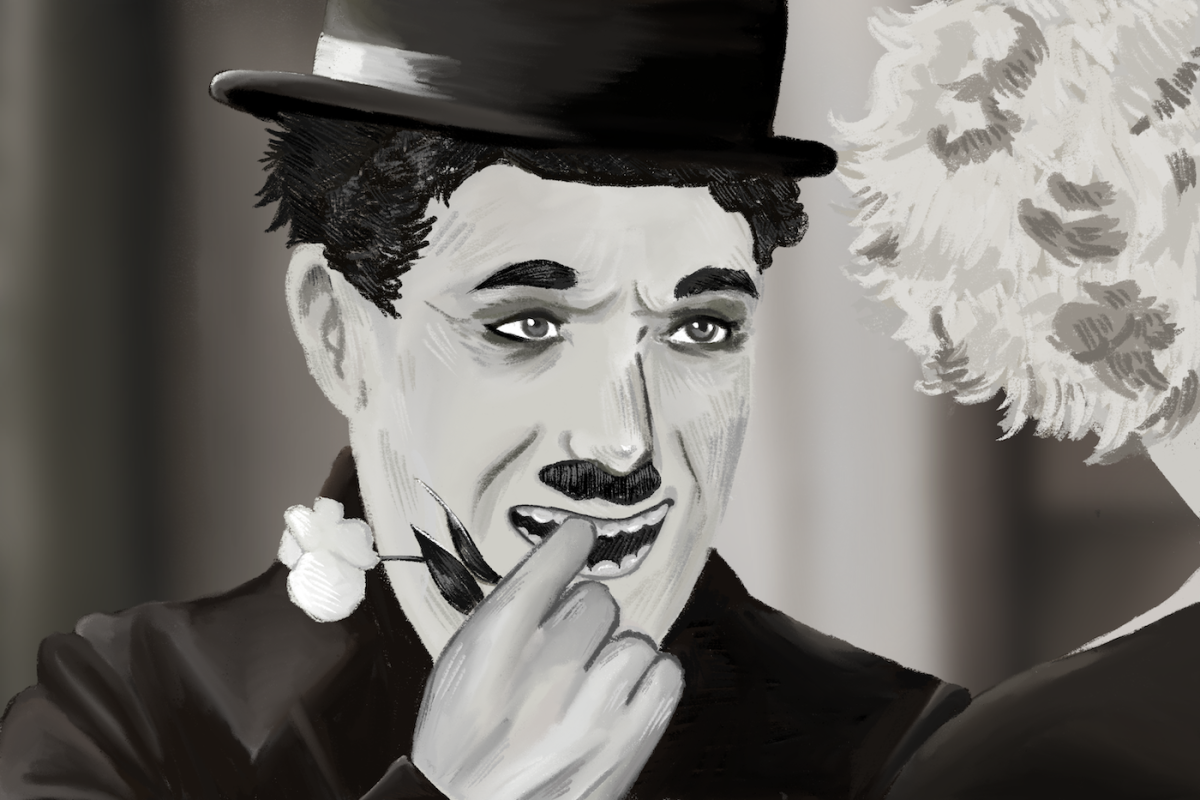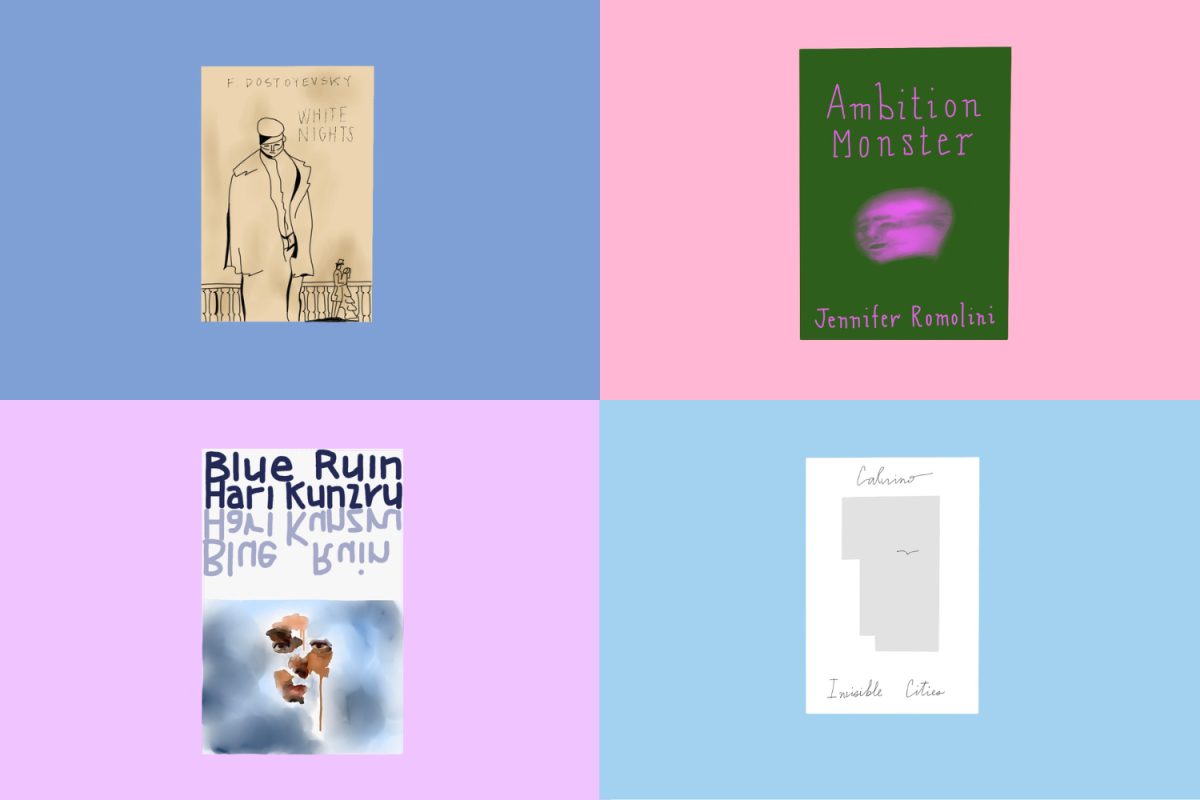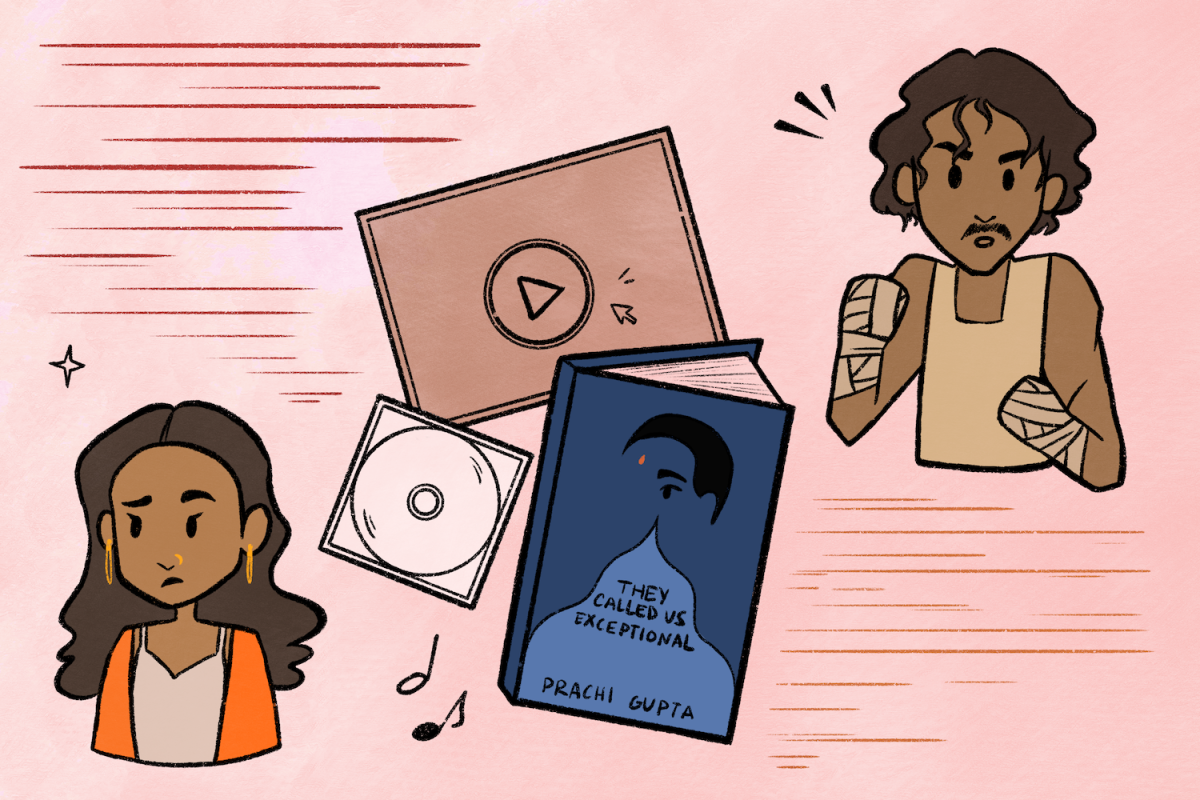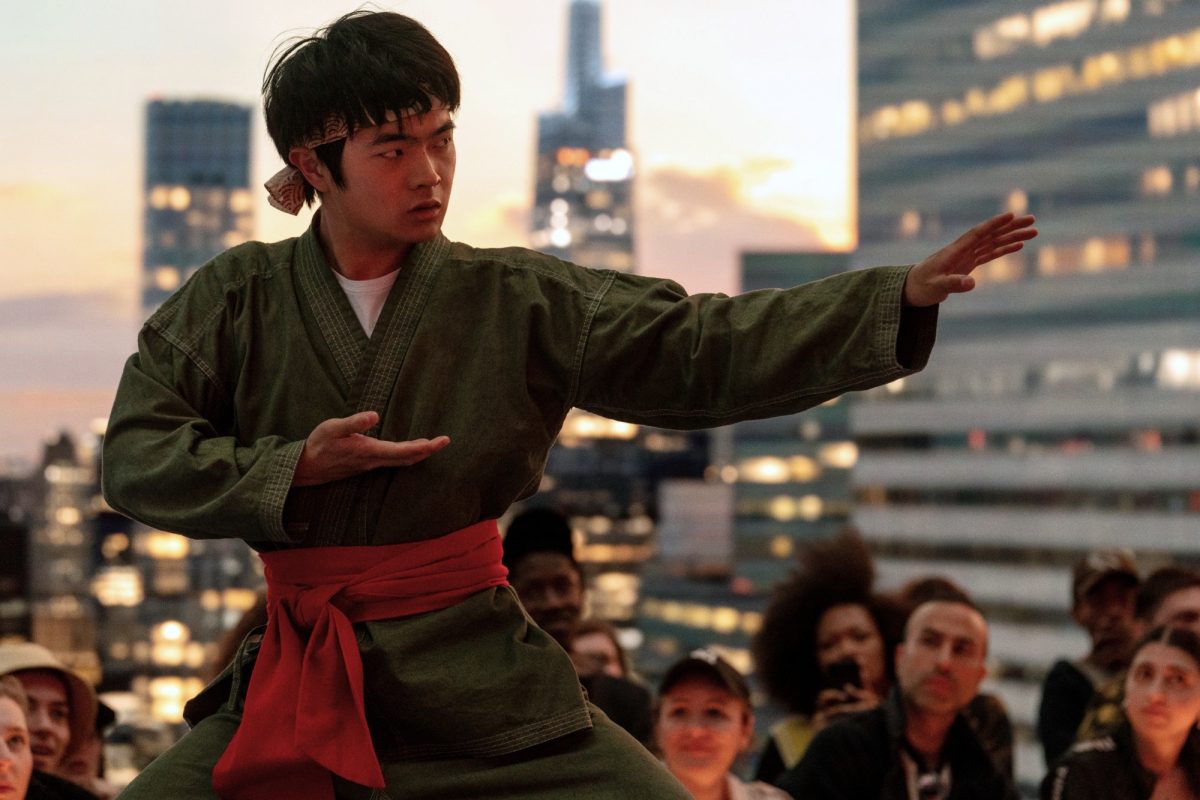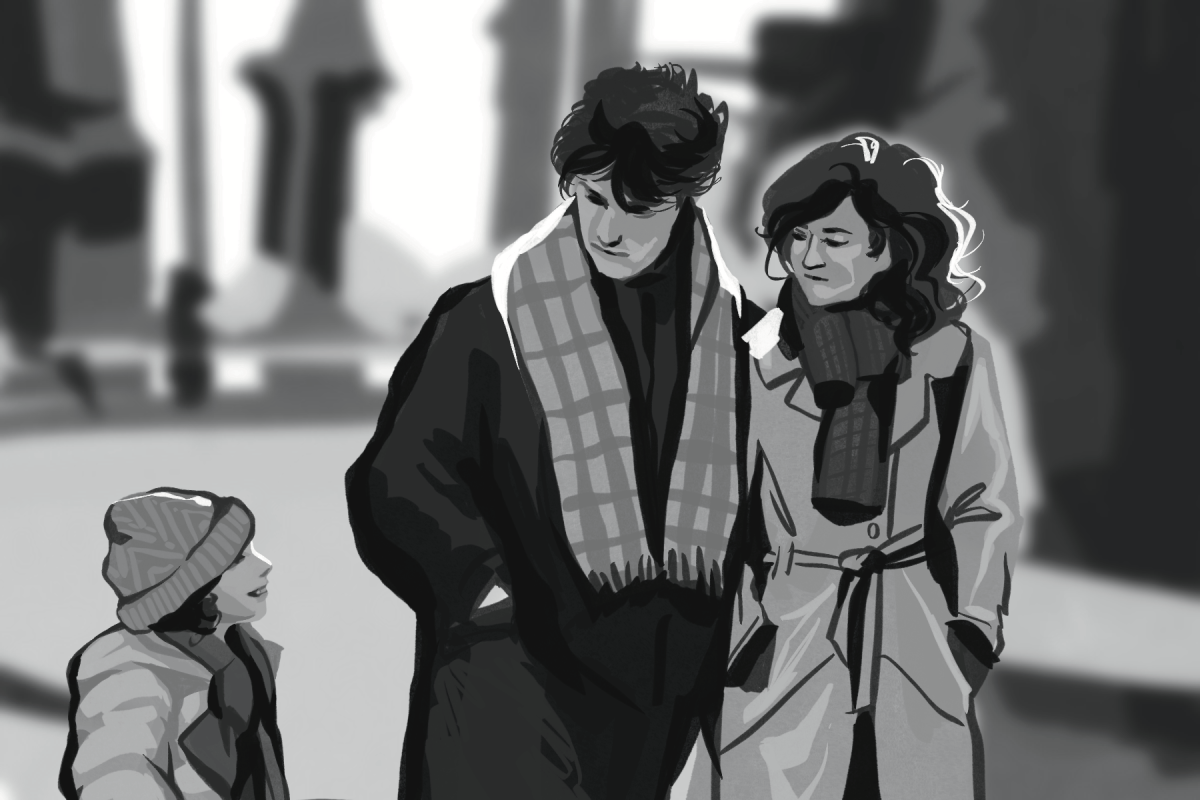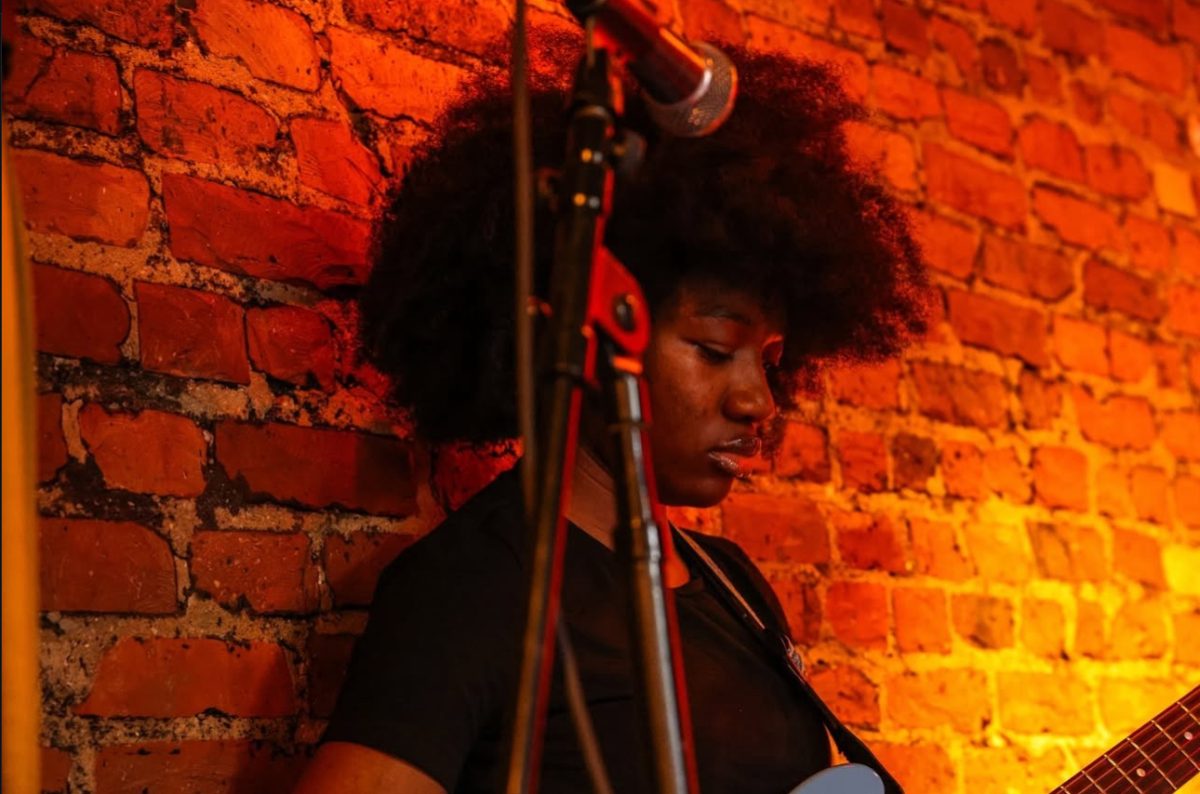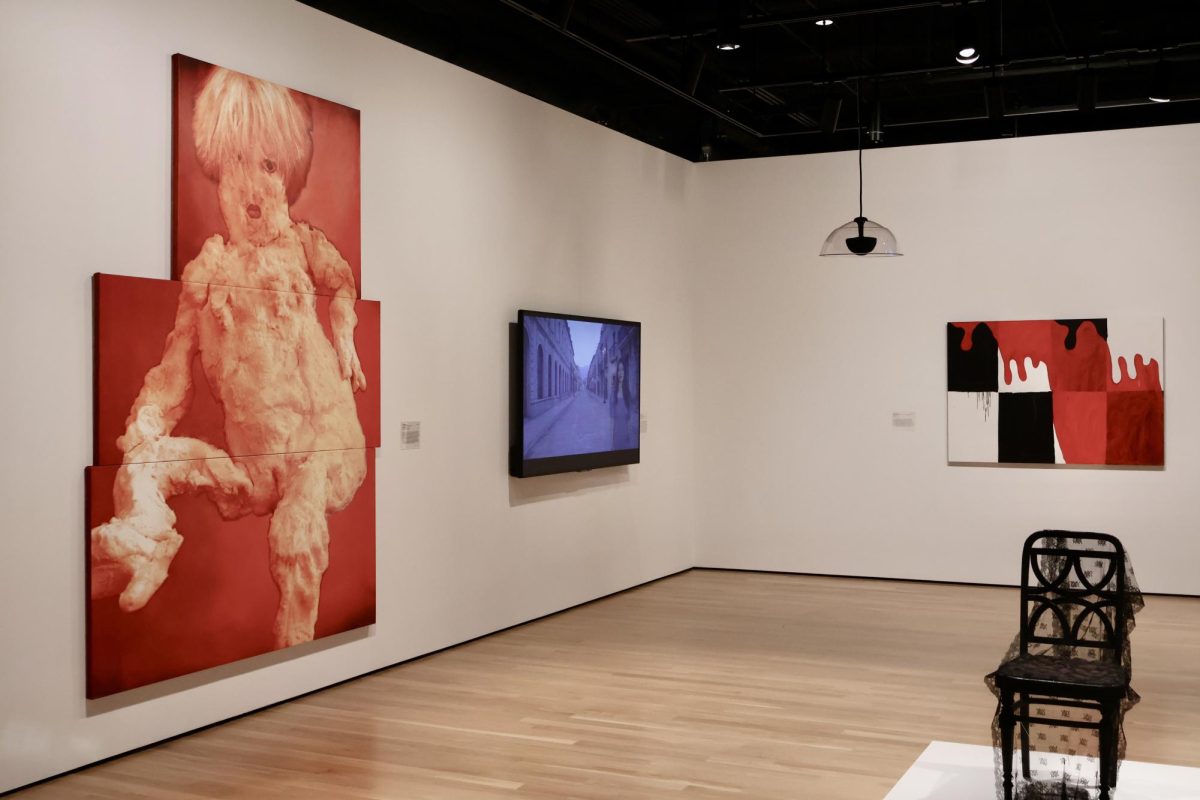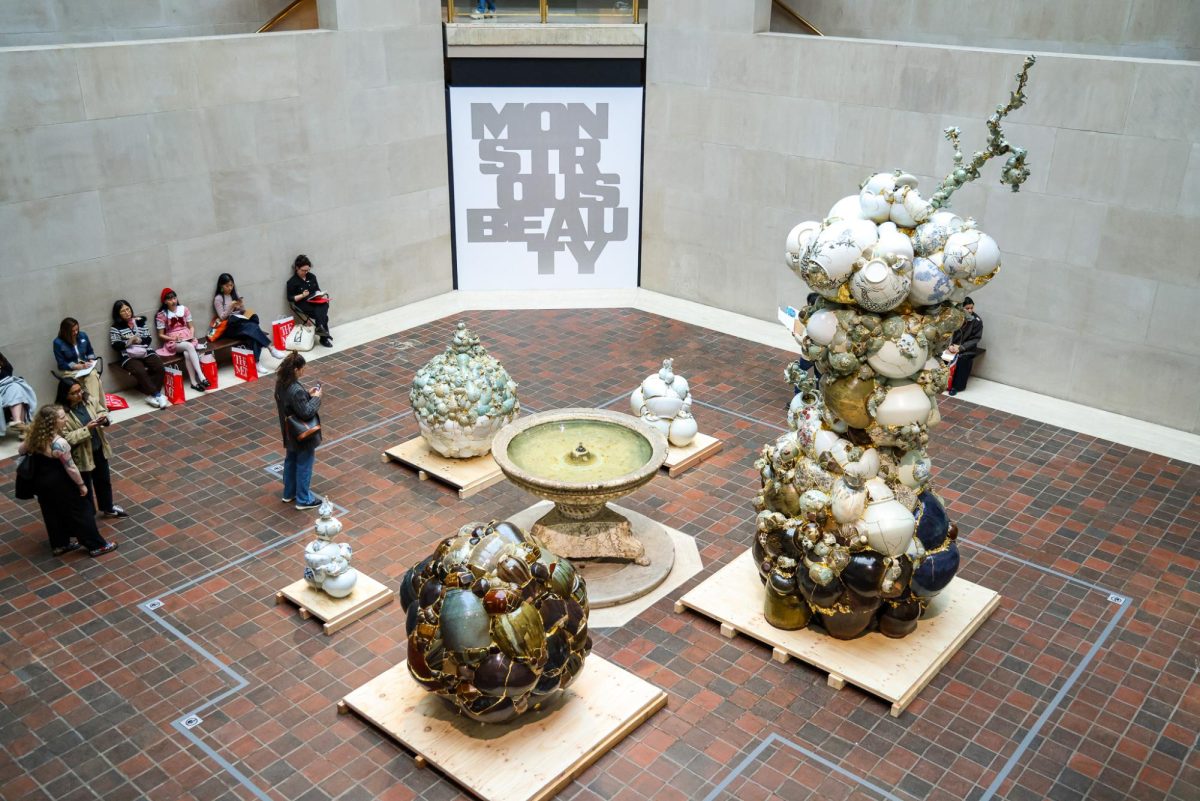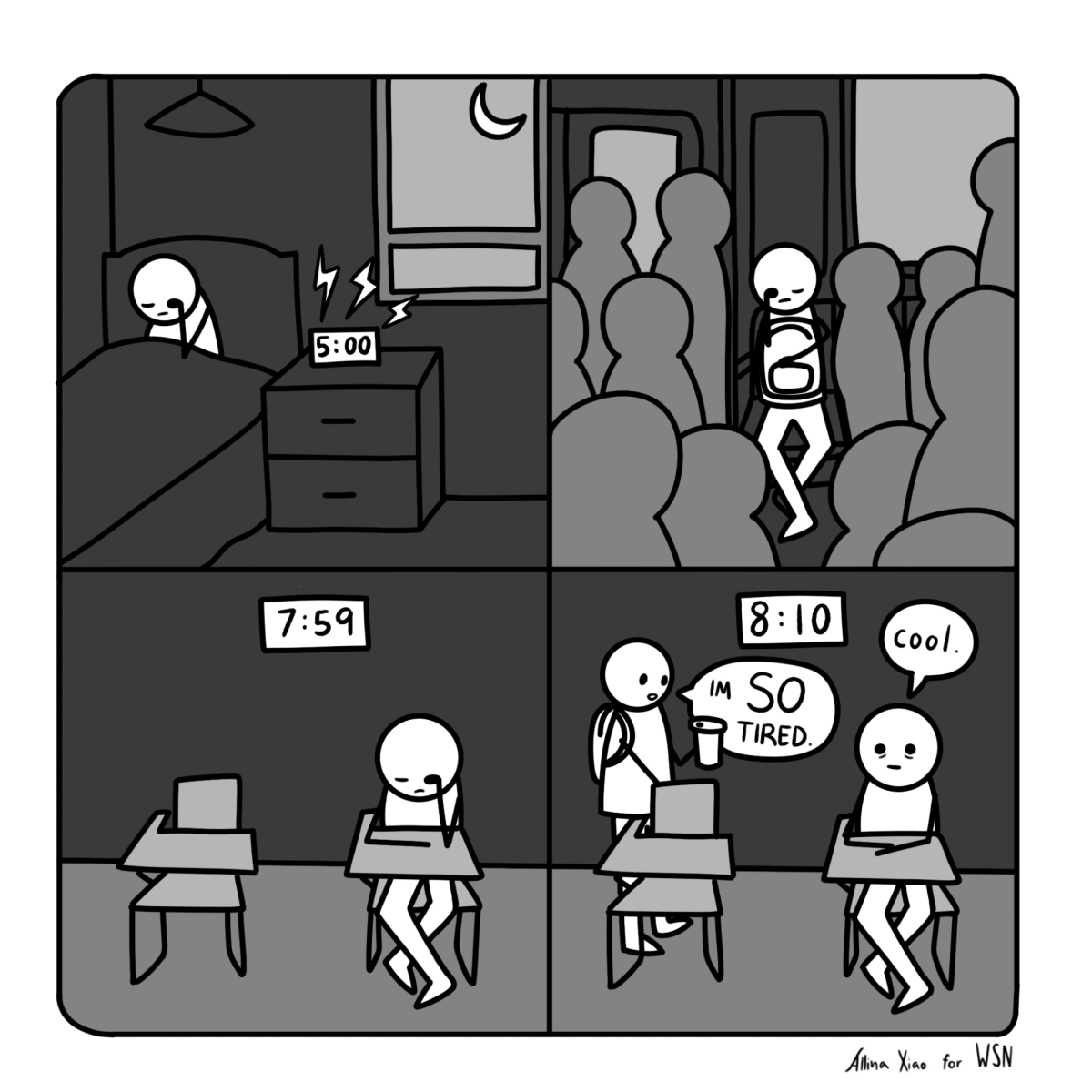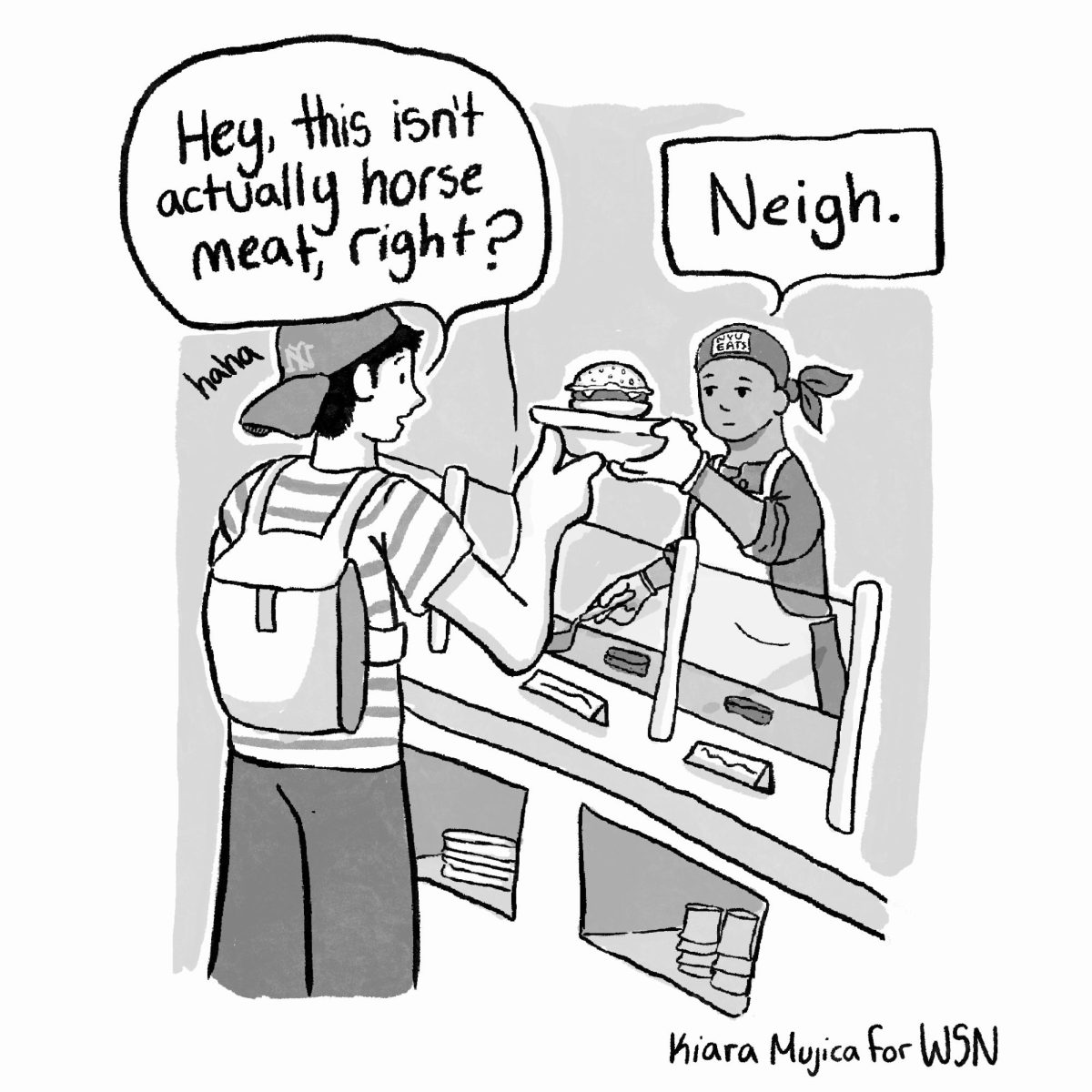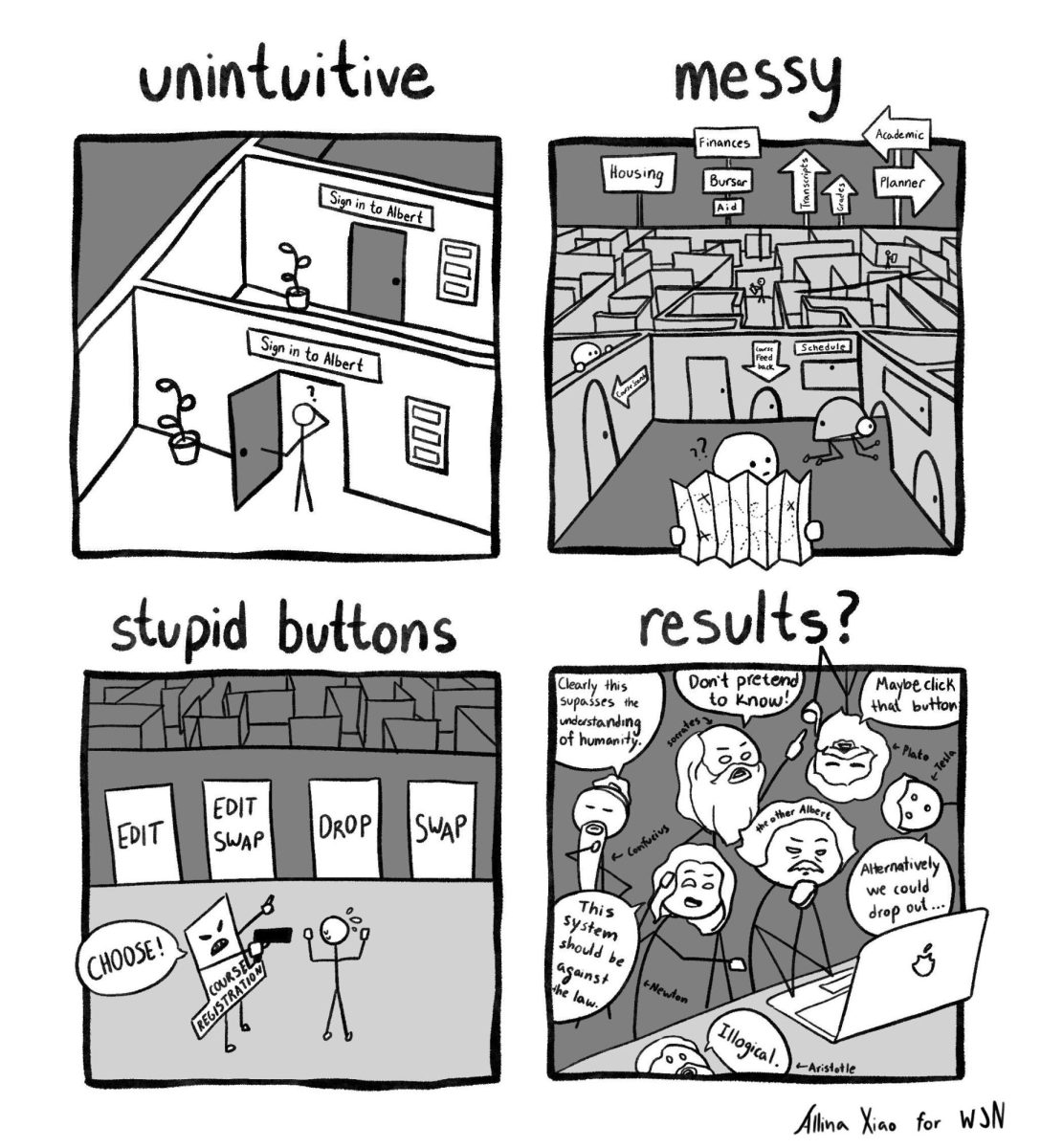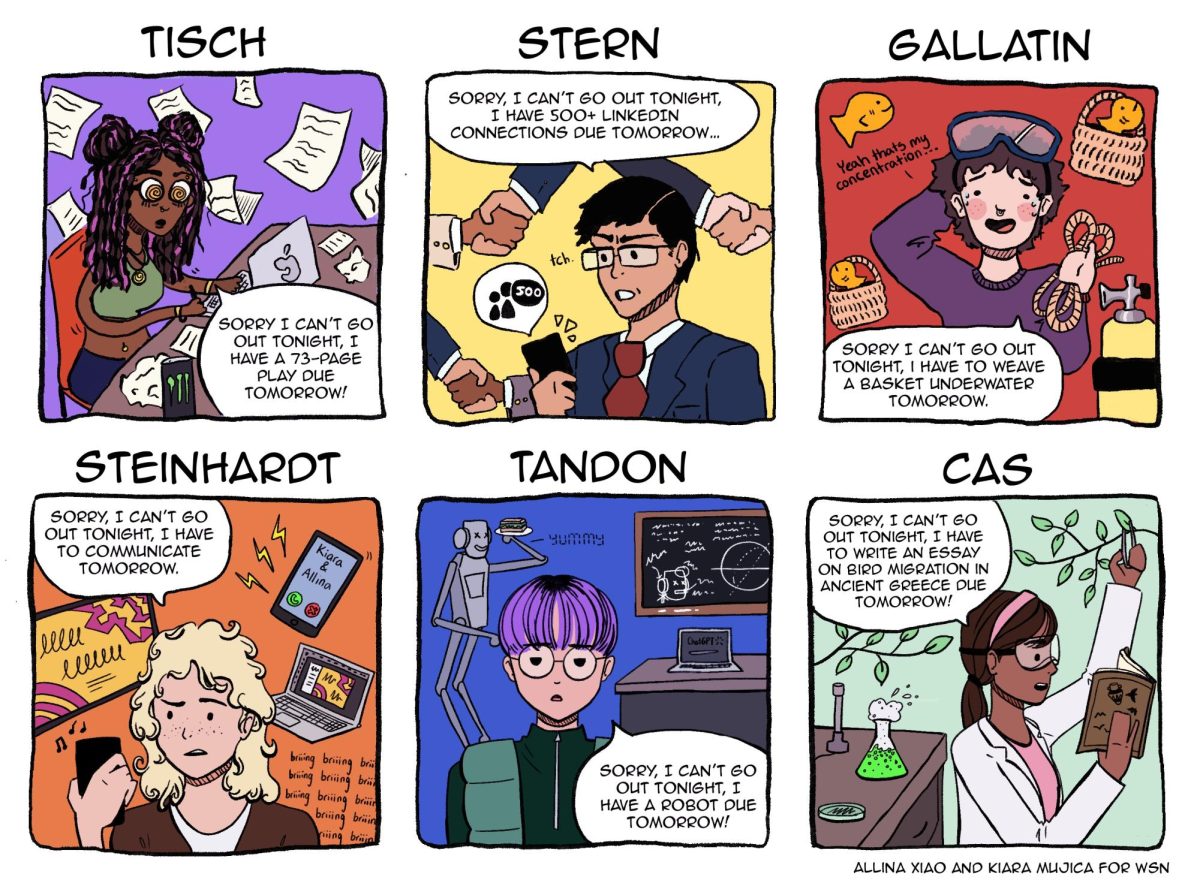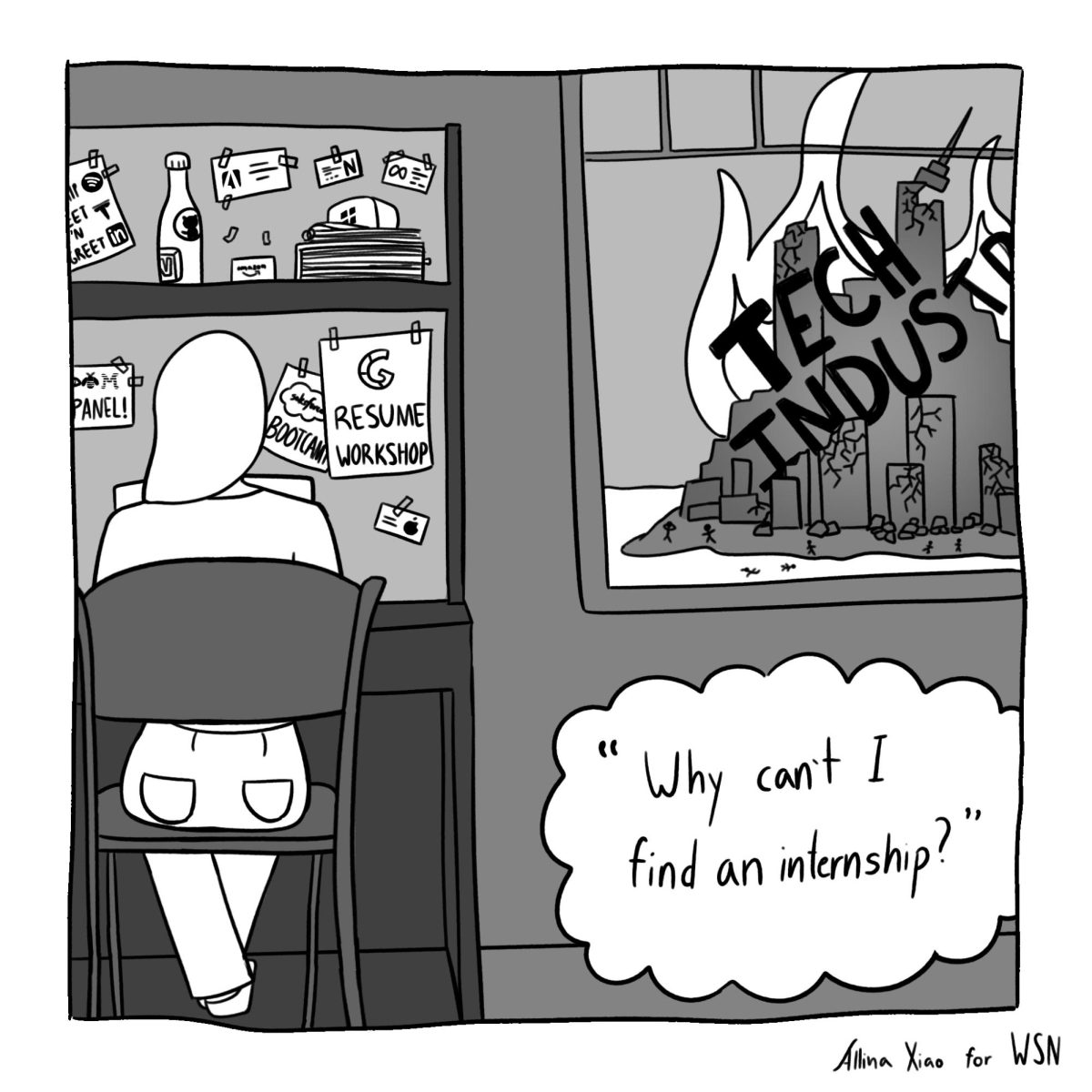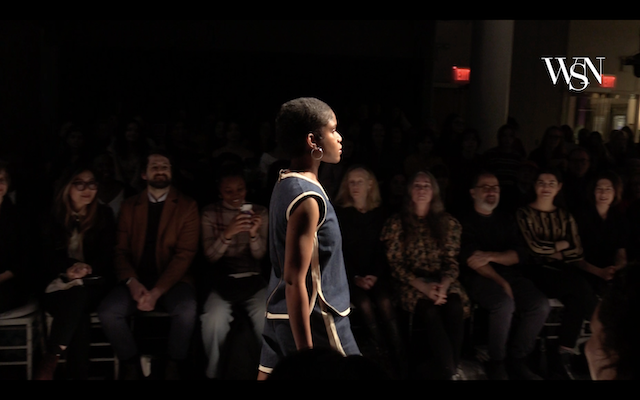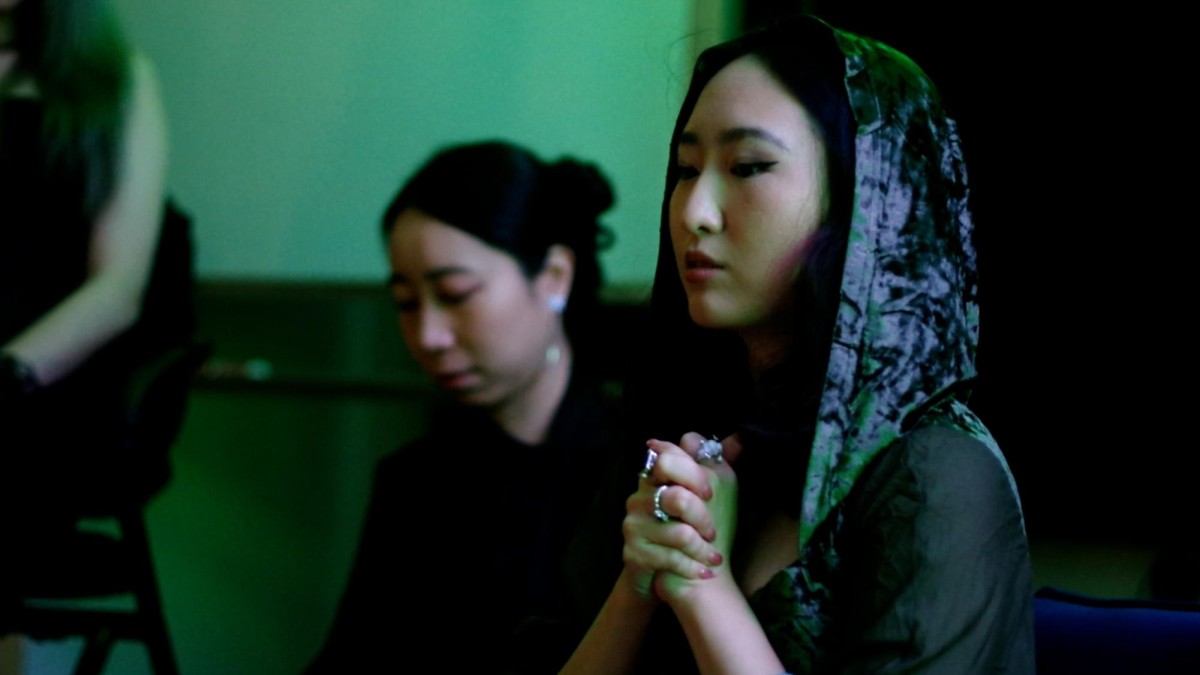Review: More than fluff, ‘Turning Red’ is a soft look at growing up and generational struggles
Pixar’s “Turning Red” explores the delicate balance between Asian family legacy and discovering one’s own identity, especially when that journey doesn’t fit into traditional ideas of success.
“Turning Red” is a Disney/Pixar animated film about coming of age, Asian cultural identities and intergenerational traumas. “Turning Red” is available on Disney+. (Illustration by Jae Jin)
March 30, 2022
Spoiler warning: This article includes spoilers for “Turning Red.”
From parental standards to the wonders of puberty, “Turning Red’” presents a relatable story about growing up and away from familial expectations — while honor is important and all that, sometimes you need to go your own way. With its punchy humor and carefully curated cringe, the film gave its viewers everything they didn’t know they were missing.
Set in Toronto’s Chinatown, the film focuses on a Chinese Canadian protagonist and is filled with more vivid diversity than almost any other Disney movie — the backdrop of a Buddhist temple with fruit surrounding its incense-centered altars, sprinkles of Cantonese conversations, familiar, tasty-looking food.
Thirteen-year-old Meilin Lee (Rosalie Chiang) is undergoing physical and emotional changes, a highlight of the teenage experience. The film quickly lays out her internal, cross-cultural identity crisis. To her overprotective mother, Ming (Sandra Oh), she’s the ideal child: getting perfect grades while maintaining the family temple. To her three closest friends, she’s a jubilant fangirl gushing about her favorite boy band, 4*Town.
After Ming takes a step too far into Mei’s life and exposes her convenience store crush to all of her peers, the teenager has to deal with her emotions. She’s forced to choose between outright setting boundaries or letting her mother’s intrusive behavior go on. But before she can make that decision, a big, red change happens.
Of course, a transformation into a giant red panda isn’t the expected big, red change of puberty, but the movie tackles menstruation — more mundane and unfortunately stigmatized — as well. Mei’s intense anxiety and insistence that she’s a big red monster lead Ming to misinterpret what Mei is experiencing. Nonetheless, Ming reassures her daughter that everything will be fine.
Unexpectedly, when Ming learns of what’s really happened, she almost has an identical reaction. Mei’s transformation is a rite of passage for every woman in the Lee family. When struck by any bout of intense emotion — from excitement to anger — they transform into large red pandas. Weeks after this transformation, women in the family perform a ritual to seal the panda spirit in a talisman during a ritual.
With such a dramatic impact on her normal life, Mei can’t help but feel like she’s been cursed. So when given the opportunity to seal away the panda spirit like her female ancestors before her, the decision seems easy.
Much like Disney’s “Encanto,” the main characters must deal with the complexities of familial acceptance and validation. While Mirabel Madrigal, the protagonist of “Encanto,” is not the high-achiever that Mei is, she is still comforted by her family. Conversely, Mei seems to reach every expectation put upon her, yet receives no payoff from her family. It’s no surprise that Mei’s day-to-day favoring of her family’s needs over her unconditionally supportive friends proves unhelpful when it comes to controlling her changing body and emotions. But her fluffy form is more than an inconvenience to her.
The transformation into the red panda becomes an allegory for the complex emotions woven into generational trauma. Asian history is fraught with the transmission of historical traumas to younger generations. Asian women have long been stereotyped as mild-mannered and meek, accented with sprinkles of the model minority myth, and the red panda form manifests any excitability, sadness or frustration, be it momentary or ongoing. When the form is separated from each woman, their strong emotions are forcibly detached from them.
For the Lees, their ability to transform into the red panda was initially revered; it was seen as powerful and protective. However, that sentiment drastically changed after their immigration. The transformation of the family’s circumstances upon entering the Western world became an opportunity for the Lee women to take a step away from the trauma they passively pass onto their daughters.
However, because almost everyone in her family had decided to store their abilities away, there seems to be no escape from the cycle. As with any trauma, repressing emotion away is not healthy. Just because that feeling has been hidden for so long doesn’t mean it has disappeared. Viewers are forced to confront that intergenerational trauma and how constant repression can influence later generations.
Mei is able to make decisions for herself and move away from generations of trauma by starting her own path, even if it ignites conflict in her family — especially with her mother.
While Mei has come to terms with the fact that finding her personal identity comes before her mother’s needs, Ming expects Mei to be like her not only out of respect but for her own maternal validation. When Mei’s grandmother, Wu (Wai Ching Ho), calls about Mei’s situation, Ming is cowering behind the couch. She takes any criticism given to her, abiding by ingrained customs and expectations. Therefore, when Mei does the opposite by defying familial decisions and refusing to give away her panda side, it incites a deep anger in both Ming and Wu.
Ming has attempted to fix things, but in her own way and within the scope of what she deems acceptable to the Lee family values. There does seem to be an improvement in mother-daughter relations across generations — Mei is not necessarily fearful, but does try to maintain a level of respect. However, Ming’s intense reaction to her daughter actively breaking away from her showed that Ming is little different from her own mother.
Even Mei falls prey to this cycle. In high-pressure situations, where she can’t seem to meet what’s expected of her or what she expects of herself, her emotions can get the best of her. But unlike Ming, Mei comes to realize that her unfair treatment of those around her is a projection of how she feels her family has regarded her.
In the end, Mei’s mother and grandmother come to similar conclusions, but their resolution is nowhere near as satisfactory as hers. It seems proportional; only after a giant conflict will there be a giant resolution.
If anything, Ming’s acceptance of the red panda form seems to be much deeper than Wu’s. Because Ming sees Mei doing the activities she was barred from in her childhood, she seems to understand the desire for this freedom. But since she grew up abiding by Wu’s standards, obedience is the only parenting metric Ming knows. When she goes against her mother, she feels obligated to apologize.
Wu’s only reply to the apology is a reassurance that Ming does not need to apologize — her love as a mother is unconditional. Ming does seem to forgive her mother, but after everything she experienced it feels like too little, too late.
“Turning Red,” apart from being a perfect snapshot of growing up, reflects a dream that many children of Chinese families are afraid to chase. However, for younger generations who watch this film bright-eyed and optimistic, Mei’s journey inspires them to remember to put themselves before their family’s expectations, encouraging them to make the change so many others never could.
Contact Mayee Yeh at [email protected].



